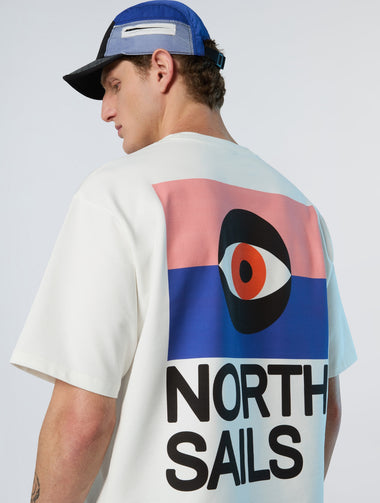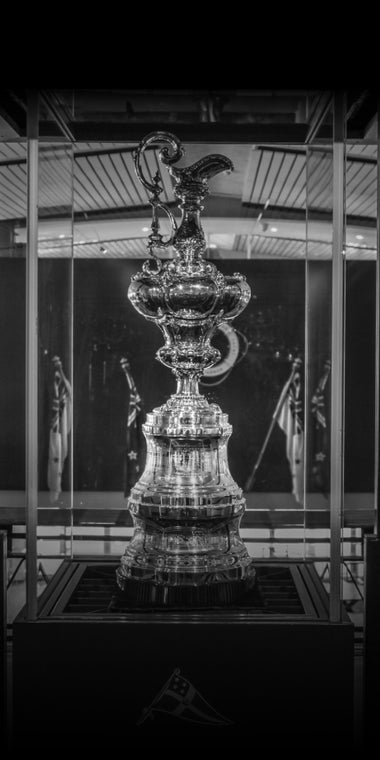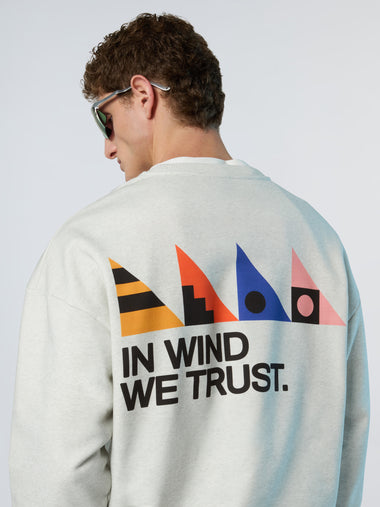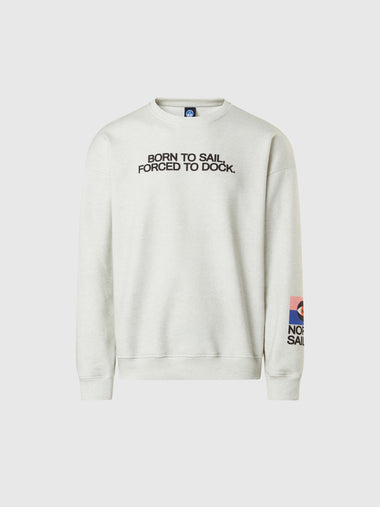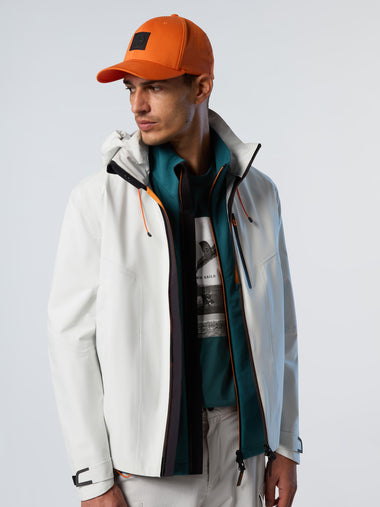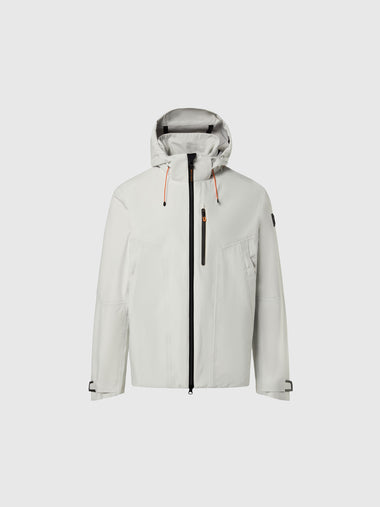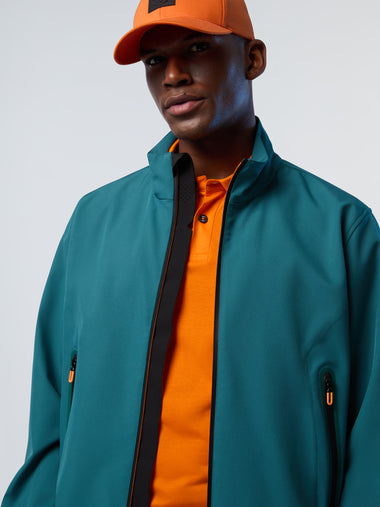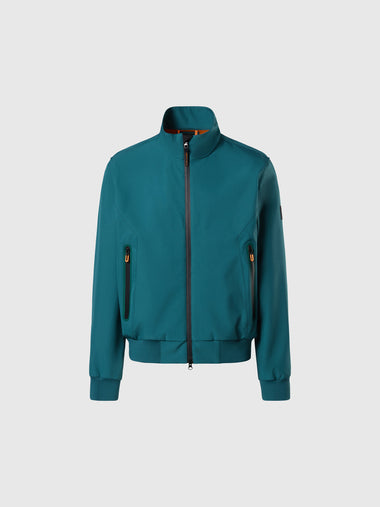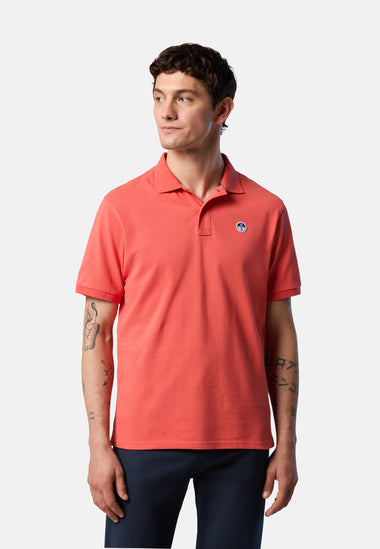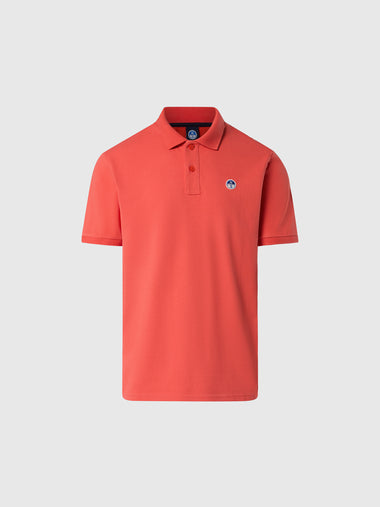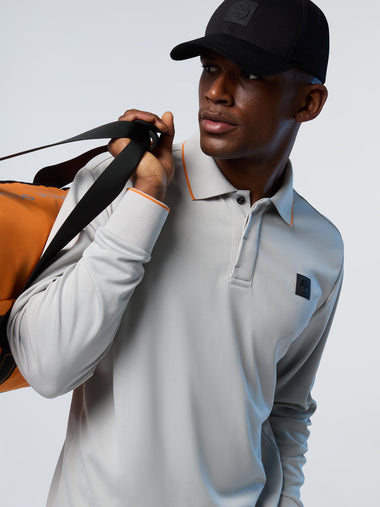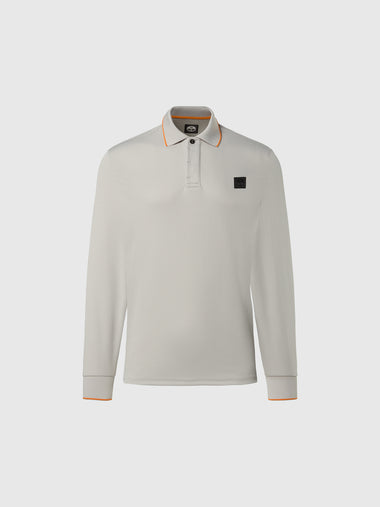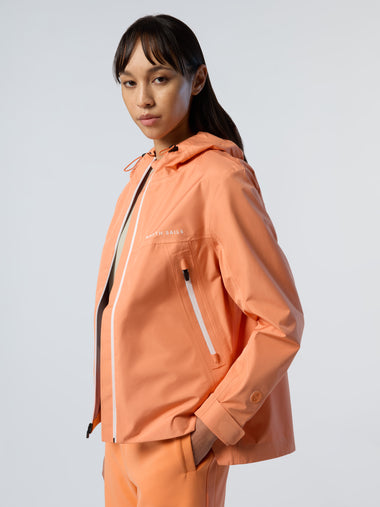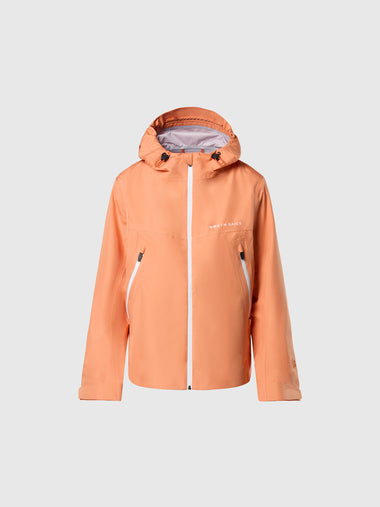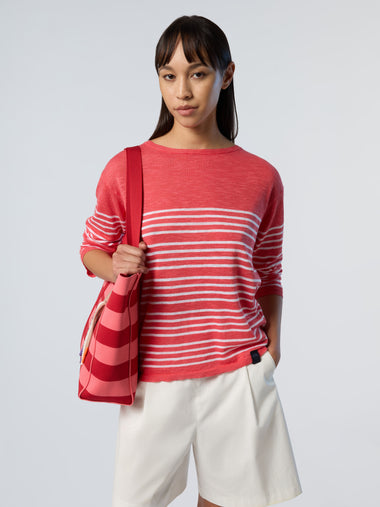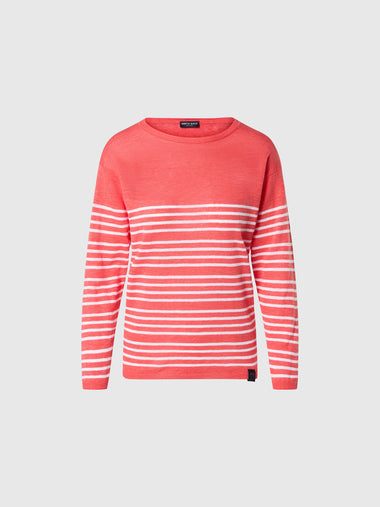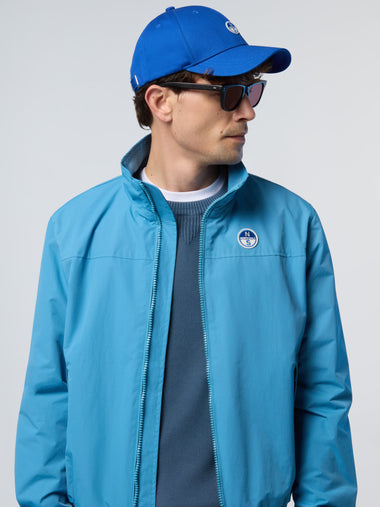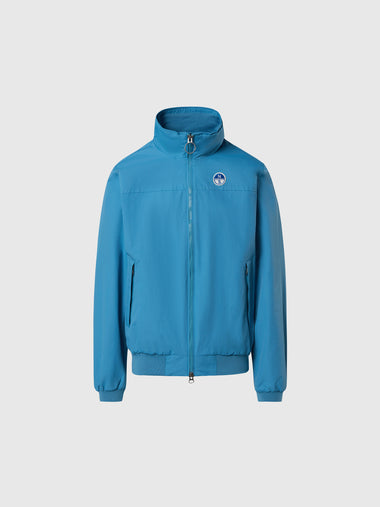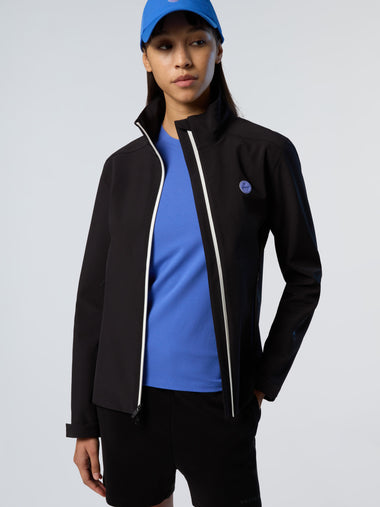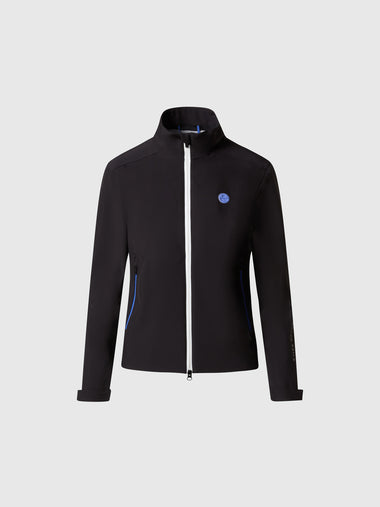NORTH SAILS BLOG
Todo
Events
Guides
News
People
Podcast
Sustainability
Tech & Innovation
Travel & Adventure
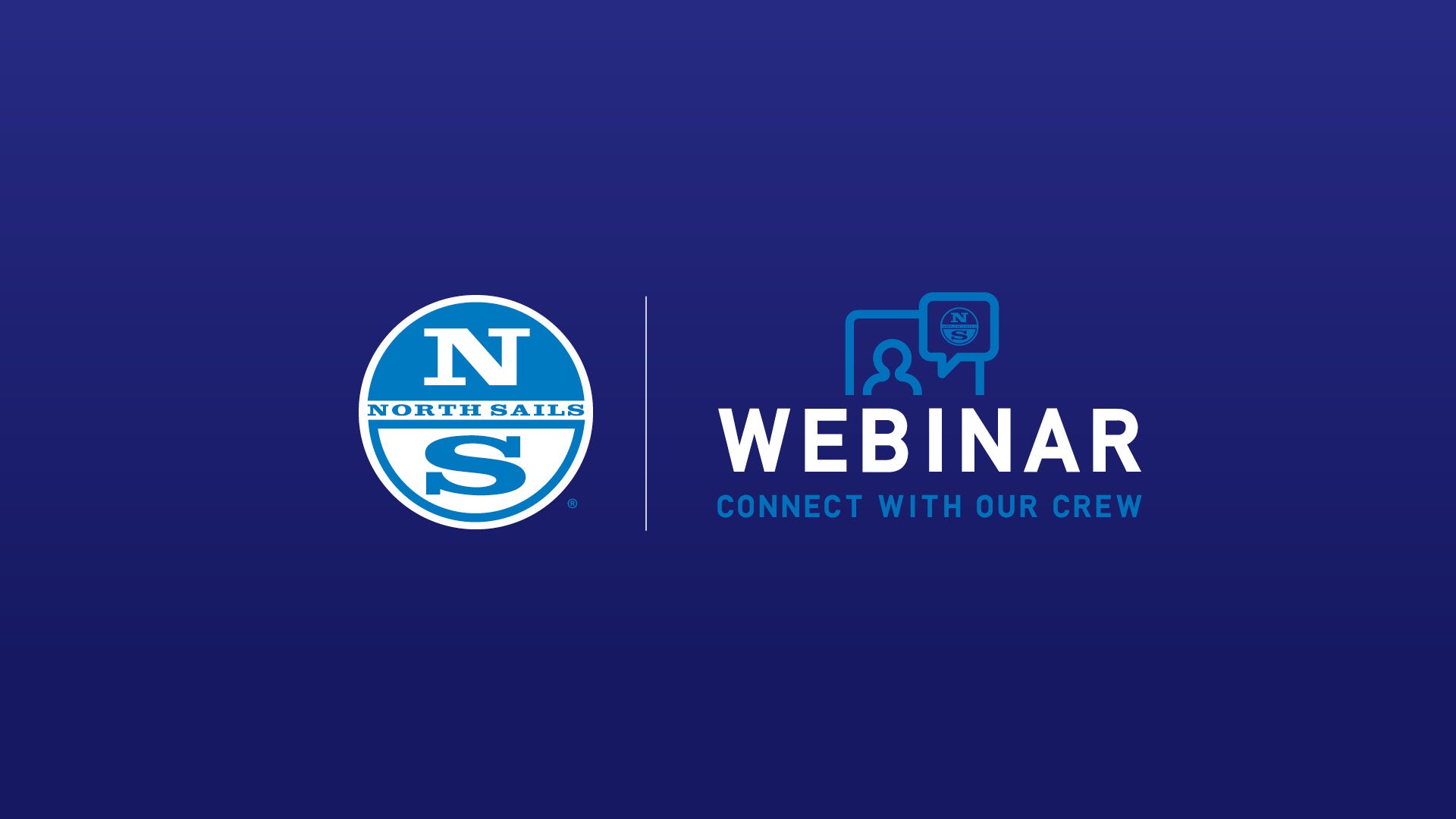
LET'S TALK J/70 | LESSONS LEARNED IN MIAMI
LET’S TALK J/70
Lessons Learned in Miami
Keeping the J/70 conversation going with class champions Tim Healy, Ruairidh Scott, and Allan Terhune. This interactive session includes lessons learned at the 2020 Bacardi Invitational and J/70 Midwinters.
READ MORE
READ MORE
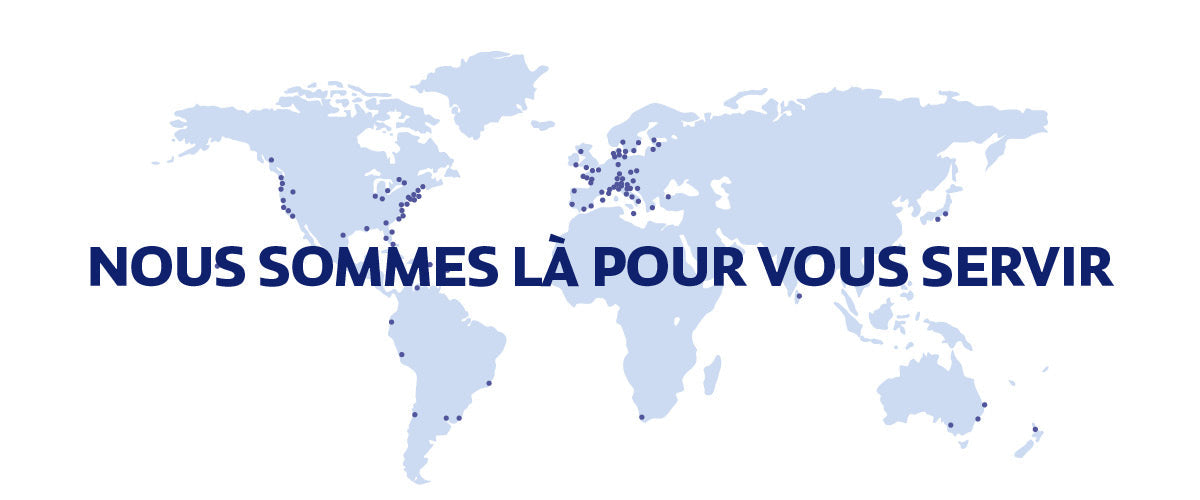
VOS QUESTIONS, NOS RÉPONSES
La crise de santé publique que nous traversons aujourd’hui est au cœur de toutes les préoccupations. Chez North Sails Suisse, nous souhaitons répondre aux incertitudes de nos clients pour les servir au mieux et le plus sereinement possible. À l’issue des nombreuses questions que nous avons reçues, nous avons élaboré ce document de questions/réponses pour faire le point sur la situation et préparer le retour à la normale une fois cette catastrophe sanitaire passée.
Vos centres de production de voiles sont-ils toujours opérationnels ?
Oui. Chez North Sails, nous prenons toutes les précautions de sécurité recommandées pour limiter l’impact du Covid-19 dans nos ateliers de fabrication. L’un des avantages de notre présence à travers le monde est que notre production n’est pas à l’arrêt. En effet, plusieurs pays dans lesquels nous fabriquons nos voiles sont moins affectés par la crise sanitaire. En revanche, l’impact est plus important dans certains pays qui ont dû par conséquent fermer leurs installations. Nous assurons les fonctions de production sur nos sites lorsque cela est permis et dans la mesure où la santé et la sécurité de notre personnel et de nos clients ne sont pas compromises. Dans l’ensemble, nous sommes aptes à fonctionner au mieux de nos capacités durant cette crise.
Puis-je encore faire réviser mes voiles ?
En Suisse, la voilerie est actuellement fermée au public, mais notre activité sur le plancher se poursuit à taux réduit et en télétravail. Nos collaborateurs sont à votre disposition principalement par téléphone, What’s App et e-mail (info@ch.northsails.com), afin de gérer avec vous le retrait, la livraison de vos voiles ou pour toutes autres questions.
Lorsque je commande de nouvelles voiles, je viens généralement au bureau et je passe en revue tous les détails avec mon représentant commercial. Pouvons-nous faire tout cela par téléphone ou par Internet ?
Absolument. Nous continuerons à fournir à nos clients un service de qualité par téléphone, par SMS, e-mail ou lors de réunions virtuelles. Nous pouvons demander à notre designer de se joindre à l’appel. La majorité de notre personnel travaille à distance et se tient à votre disposition pour répondre à vos questions et vous assister dans la mesure du possible. Vous trouverez les coordonnées de votre équipe locale sur northsails.com.
J’ai commandé des voiles. Quand puis-je être livré ?
À ce stade, nos installations sont pour la plupart opérationnelles. Cela dit, nous prévoyons certains retards car les pays, les États et les régions décident à chaque instant d’imposer le confinement à la population ou de laisser les gens continuer à se rendre à leur travail en toute sécurité. Il y a également beaucoup de questions relatives au transport, aérien comme maritime, l’un comme l’autre étant fortement affectés. Actuellement, nous traitons toutes les questions concernant l’expédition sur une base individuelle et nous recommandons à notre équipe de rester souvent en contact avec ses clients. En résumé, nous essayons de respecter au mieux notre calendrier de commandes, mais nous nous efforçons d’anticiper les retards de planning imprévus et nous travaillerons avec nos clients au cas par cas.
J’ai commandé des voiles mais je n’en ai pas l’utilité en ce moment. Allez-vous stocker mes voiles jusqu’à ce que je puisse les utiliser ?
Absolument. Nous stockons gratuitement vos voiles dans nos locaux. Nous émettons une facture une fois la voile produite, comme à l’accoutumée, et nous vous envoyons un courriel de confirmation. Nous stockons vos voiles jusqu’à nouvel ordre et nous vous les livrerons dès que vous en aurez besoin. Nous espérons que vos voiles ne resteront pas longtemps sur nos étagères et que nous serons tous bientôt sur l’eau !
J’envisage d’acheter de nouvelles voiles et j’espère pouvoir naviguer d’ici le milieu de l’été. Pouvez-vous respecter cette date de livraison ?
À l’heure actuelle, oui. Selon le type de bateau que vous possédez et la voile dont vous avez besoin, nous avons des créneaux de livraison disponibles à la fin juin, juillet et août, mais sachez que nous nous attendons à une reprise chargée, il est donc plus sûr de passer votre commande dès maintenant, plutôt que de le faire dans l’urgence par la suite. Là encore, la réglementation du pays concernant nos installations de fabrication aura une incidence sur notre service et les délais. Nous mettons tout en œuvre pour respecter au mieux les demandes de nos clients.
Comment North Sails apporte-t-elle son aide dans cette crise ?
Actuellement, dans de nombreux pays où nous disposons d’installations de service et de fabrication, nous travaillons avec les autorités locales, régionales et nationales pour lancer la production de masques de sécurité. Nos collègues de North Sails en Italie ont été les premiers à lancer cette initiative. Les ateliers de voilerie peuvent contribuer à alléger le fardeau d’une pénurie d’équipements essentiels comme les masques en ces temps de crise. La priorité de North Sails est de mettre à contribution nos compétences et capacités pour apporter notre assistance dans la mesure du possible.
READ MORE
READ MORE
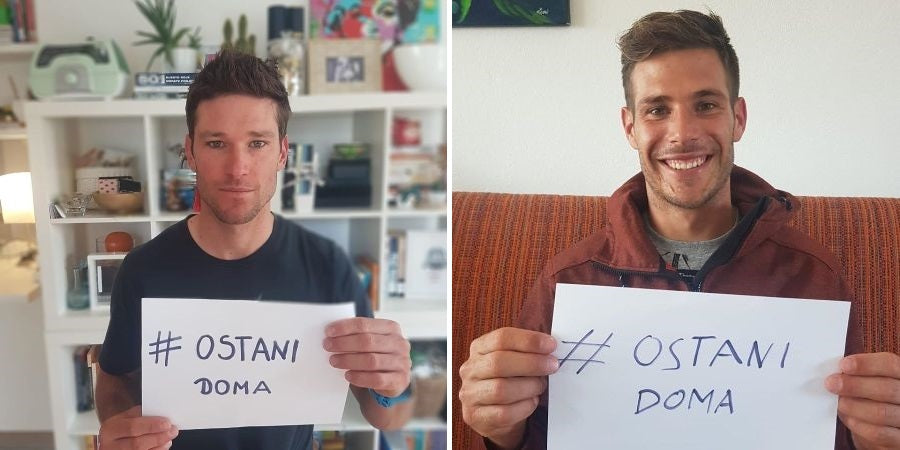
NIŠTA OD TOKIJA OVOG LJETA
Ništa od Tokija ovog ljeta
U utorak 24. ožujka Međunarodni olimpijski odbor je prekinuo nagađanja i kalkulacije oko odgađanja 32. Olimpijskih igara koje su bile planirane za ljeto ove godine. U jednu ruku, odluka je ipak očekivana i u skladu s trenutnom situacijom u svijetu, a to je da je situacija s Korona virusom još uvijek neizvjesna i da je najbolja odluka ipak da se Olimpijada odgodi za godinu dana.
Među svim sportašima koji su osvojili kartu za sastav u prestižnoj nacionalnoj vrsti trenutno se nalaze tri jedriličara i jedna jedriličarka, a još nekoliko ih ima šansu za kvalifikaciju. Evo njihovih dojmova i emocija o cijeloj ovoj situaciji.
Jedno su želje, a drugo je realnost. Stvarno su bile veće šanse da se neće održati, nego da će se održati, jer se ne vidi kraja ovoj situaciji. Možda s druge strane ipak je manje presudilo to što se ne vidi kraj, već to što ne treniramo. Koliko sam uspio saznati većina jedriličara ne trenira i možda samo jedan mali postotak trenutno može jedriti. Tako da mislim da nitko od nas tamo ne bi došao spreman ni blizu onoliko koliko bi bio spreman da nema Korone i da su uvjeti normalni. I mislim da je ovo najrealnija i najbolja opcija. A to što ova odluka utječe na planove za 2021.... preživjet ćemo. Inače, u 2021. sam planirao više jedriti u Stelli. Zajedno s Tudorom Bilićem sam osmislio plan regata i aktivnosti u tom smjeru. Čak smo dogovorili i nabavku nove jedrilice, ali sad ćemo teško to ostvariti, pa će taj projekt morat čekati bolje dane i da prođe ljeto 2021. Zbog toga neću jedriti ni na Europskom prvenstvu za Stelle koje će organizirati JK Mornar u svibnju iduće godine. Što je tu je. Ali u svakom slučaju u planu nam je da odjedrimo regatu Svjetskog kupa u Miamiju u studenom.
Tonči Stipanović, klasa Laser Standard
Po pitanju kućnih treninga i kod Tonča je slična situacija kao i kod sviju ostalih. Srećom po sportaše, njihove obitelji su svjesne situacije i da oni svoje treninge moraju napraviti u svakom slučaju, pa su svi u domove dovukli raznoraznu opremu i rekvizite. Tonči ponekad ima jedan trening dnevno, a nekad i dva, ali nakon ove odluke o odgađanju Olimpijade najvjerojatnije će sve treninge svesti na jedan dnevno.
FOTO: OSOBNA ARHIVA
Slična situacija je i u Zadru, rodnom gradu braće Fantela, naših predstavnika u klasi 49er. Njih dvojica su u nešto ozbiljnijoj situaciji u odnosu na Tonča, jer su u Zadar stigli s Palma de Mallorce gdje su se pripremali za Trofej princeze Sofije. Zbog Korone je regata otkazana i svi jedriličari su se vratili doma i ovisno o danu povratka dio njih je s aerodroma morao obavezno doma u izolaciju jer su se vratili iz rizične zone.
Evo brojim još nekoliko dana da završi karantena. Doma sam sa ženom i malim, brat je s ocem doma. I nedostaje mi malo izaći vani, bar eto nisam sam, eventualno izađem na balkon na svjež zrak i to je sve. Stvarno nedostaje malo svježine. Mislim da smo svi završili u izolaciji nakon povratka s Palme... ja, Miho, Edo, Karlo, Enia, Mihaela, Igor, Mate Arapov, Ivan Bulaja... jedino mislim da je Neno Bugarin ostao iza nas na Palmi. Ali srećom svi smo zdravi i sa svima je sve u redu! Što se tiče odluke o odgodi Igara, mislim da je odluka dobra, jer ne zna se koliko će to trajati i kad će sve ovo proći. Neke zemlje su OK, neke nisu, neki su mogli trenirati, neki mogu još uvijek trenirati, a većina je zatvorena doma i ne smije nigdje izaći. Olimpijski odbor je jedno vrijeme govorio da će Igre ići u dogovorenom terminu, pa se baš loše osjećaš kad to slušaš, a ne možeš se maknuti iz kuće. Mislim, nama je to posao i moramo biti u top formi, a vrijeme nam nepovratno prolazi. Tako da to emocionalno nije bilo dobro... stalno su se mijenjali planovi, svaki dan se odgađala neka regata. Pa se treba kontejner s opremom idući tjedan slati u Japan... pitanje je hoćemo li ga slati... da bi imali brod tamo u lipnju kontejner treba sad na put... Puno tih stvari bilo u zraku, mislim, nismo znali koja će biti odluka. I onda mi je stvarno laknulo kad su to odgodili. Mislim, svi želimo da ovo što prije prođe i da smo svi zdravi, ali kako smo ja i Miho u cijeli projekt ušli 2017., relativno kasno, nama ta jedna dodatna godina puno znači. Naravno, ako ćemo krenuti s jedrenjem za mjesec dana, ali ako budemo morali čekati pet mjeseci onda smo na istom... Najvažnije nam je da što prije izađemo na more, da možemo jedriti ovdje u svom gradu, a odlasci na regate su tek na drugom mjestu.
Šime Fantela, klasa 49er
Što se tiče nekih eventualnih dodatnih kvalifikacija, one ne dolaze u obzir, bar što se klase 49er tiče. Tu su zauzeta skoro sva mjesta i ostalo je još samo po jedno mjesto po kontinentu. To mjesto za Europu se trebalo dodijeliti na regati u Genovi, ali nakon stabilizacije globalne situacije donijet će se odluka o novoj regati na kojoj će se zaključiti startni popis ove klase.
FOTO: OSOBNA ARHIVA
Također su od Genove puno očekivale naše djevojke u 49erFX i momci u klasi Finn, jer je i njima to bila posljednja šansa za upadanje u reprezentaciju.
A trenutno jedina jedriličarka u ovom prestižnom društvu je Elena Vorobeva, djevojka koja je Moskvu zamijenila Splitom i klasu Elliott 6M u kojoj je jedrila za Rusiju na OI u Londonu s klasom Laser Radial u kojoj će imati Hrvatsku zastavu na jedru.
Ona je svoju olimpijsku normu ostvarila na nedavno završenom Svjetskom prvenstvu koje se jedrilo u Australiji.
Po mom mišljenju odgoda je bila jedina pametna odluka i u rok od godinu dana trebao bi biti dovoljan da se sve smiri i vrati u normalu. Zadnji mjesec živjela sam pod pritiskom nepoznanice. S obzirom da su krenuli otkazi predstojećih regata, koji su nam bili u planu, odlučili smo da ćemo do zadnjeg trenutka ostat kući i jedriti na domaćem moru. A kad su nam i to zabranili zabrinula sam što će sad biti s treninzima i što s Olimpijadom... Dogodilo se to da nisam bila u istim uvjetima s ostalim sportašima, npr Englezi su još uvijek redovno trenirali na moru do početka ovog tjedna, a mi ne smijemo ni napustiti kuću. I zahvaljujući jačim državama i njihovim savezima, kao što su Kanada, Australija, Norveška... zbog njihovih pritisaka da neće poslati svoje sportaše ove godine u Japan, MOO je dosta brzo odlučio. Inače su htjeli čekati još mjesec dana i držati svih stand by. Sljedećih dana mijenjat će se i kalendar regata koje još nisu bile otkazane za ovu godinu. Nama je npr. bitno Europsko prvenstvo, koje je prebačeno na 10. mjesec. Uglavnom, dobila sam dodatnu godinu za pripremu do OI. Zadnjih 6 godina nisam imala normalne uvjete za to. Bila sam sama sebi i trener i manager i logističar, prošla sam kroz puno izazova ali još uvijek bila konkurentna pored onih koji imaju to sve uređeno. A od prošle godine, od kad sam došla u JK Split i od kad je nešto kasnije u ovaj klub došao i vrhunski trener Tonći Antunović, moj život je postao puno lakši. Mogu se koncentrirati samo na sebe. I naravno da gledam na ovu dodatnu godinu kao sudbinski poklon. Nakon što ovo ludilo s Koronom se smiri, krenut ćemo ozbiljno i iskoristiti ćemo ovu odgodu što bolje. A trenutno vježbam u kući, skupila sam po kući sve utege, bicikl, simulator za višenje - improvizacije u toku.
Elena Vorobeva, klasa Laser Radial
FOTO: BOGEE TOTH
A da je termin OI ostao isti raspored kad bi navijali na naše jedriličare bi izgledao ovako:
LASER STANDARD:
regata: 26. - 31. srpnja
slobodan dan: 29. srpnja
medal race: 2. kolovoza
LASER RADIAL:
regata: 26. - 31. srpnja
slobodan dan: 29. srpnja
medal race: 2. kolovoza
49ER:
regata: 28. srpnja - 01. kolovoza
slobodan dan: 30. srpnja
medal race: 3. kolovoza
Pomicanje Tokija za godinu dana ne bi trebalo utjecati na Olimpijske igre u Parizu i one i sve koje idu iza bi se trebale nastaviti u već određenom četverogodišnjem ritmu. U prilog tom zaključku ide i to što su organizatori ovogodišnjih Igara odlučili ostaviti u nazivu Tokio 2020, a ne Tokio 2021.
READ MORE
READ MORE

HONDA MARINE HANGS ONTO THE 18FT SKIFF WORLD TITLE
HONDA MARINE HANGS ONTO THE 18FT SKIFF WORLD TITLE
Third Time's a Charm
📸 Michael Chittenden
After nine exhilarating races on Sydney Harbour, Honda Marine took the prestigious JJ Giltinan 18ft Skiff Championship title for the third year running. An equivalent regatta to a World Championship, the crew combination of Matt Steven from North Sails New Zealand (middle-crew), Brad Collins (bowman) and David McDiarmid (helmsman) proved unbeatable yet again.
The trend was set in 2018 when Honda Marine became the first New Zealanders in 45 years to win the JJs with the same crew as today. Asked how it felt to maintain this record, One Design expert Matt Steven replies, “It is very special; 18ft Skiff racing has a huge following and a rich history in New Zealand. Many older sailors have sailed them in the past and the Trans-Tasman rivalry makes it one of the most followed events in New Zealand.’’
Steven is no stranger to sailing on Sydney Harbour. “It is a testing venue with an enormous amount of challenges and obstacles, including wind, headlands islands and most importantly, the traffic.’’
Sailing with a full 3Di inventory, the team has used their mainsails for three years and jibs for two years: “The fact that our mainsails have lasted every race and training session for three years is a massive statement in itself. We ran two new jibs this year with the Helix luff structure in them; with the stiffness of 3Di and the amount of control we have over our jibs now, it’s quite amazing how much you can alter the shape with very little adjustment.’’
Asked which conditions the 3Di sails excelled in, Matt says “They perform well across the whole range. As the breeze gets up they have more responsiveness which allows us to change gears better than the competitors.’'
“The fact that our mainsails have lasted every race and training session for three years is a massive statement in itself. They perform well across the whole range. As the breeze gets up they have more responsiveness which allows us to change gears better than the competitors.’’
The Honda Marine crew sailed a strong regatta, discarding a fourth place in race 7. Speaking for the team, Matt says “We were very lucky on that day. We made the wrong rig choice and with two rigs moded for 0-12 and 12-25 knots respectively, the decision can be critical if you get caught out of range which happened to us in race 7. We pulled a few good maneuvers out of the bag and maintained our fast downwind speed to finish with a fourth. The next day, we prioritized the rig choice decision and got it right to match the conditions.’’
With clients on Winning Group finishing just four points behind Honda Marine, we asked Matt what their tactics were going into the final day. “Our game plan was to sail how we had sailed every other day,” said Matt “The goal was to beat Winning Group in the first race of the day which we managed to do. They were getting quicker every race and we knew they would come for us - having won four JJ titles together as a combination, they were our serious rivals throughout the entire event.’’
Having sailed as a combination for five years, about 70% of their preparation goes into boat handling to control such high-powered skiffs in a busy fleet. “The gains and losses in boats like these are huge when it comes to turning corners,” Matt explains. “We know each other well which is key to pulling off maneuvers in pressure situations.’'
So what is next having won the JJs for three years in a row? “We are all on the same page that we would love to do another one as we have some ideas on improvements we can make to the boat. We are still enjoying sailing together, so why not?!’’
📸 Michael Chittenden
📸 Michael Chittenden
📸 Michael Chittenden
READ MORE
READ MORE
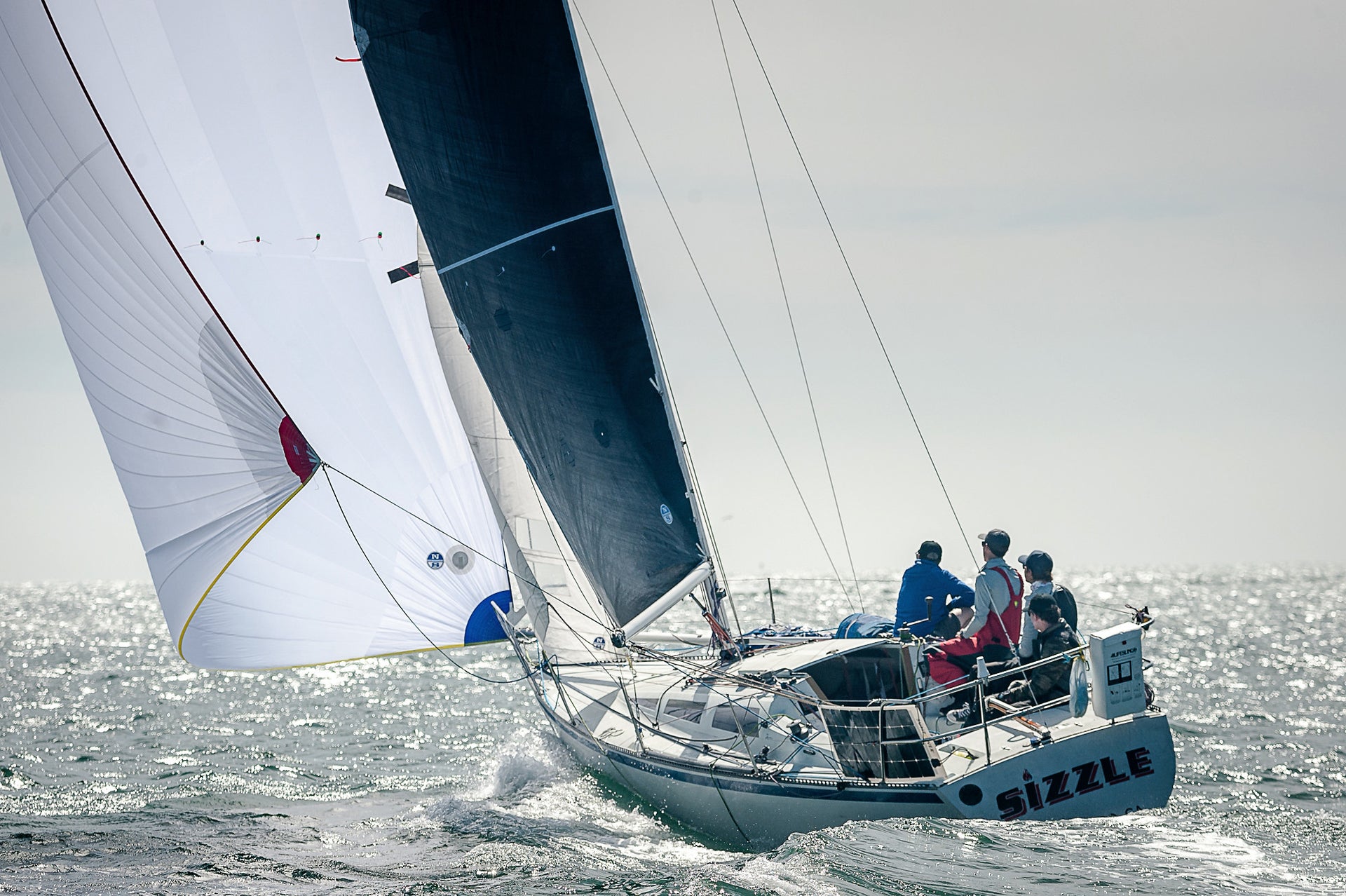
SIZZLE WINS PUERTO VALLARTA
HOBIE 33 SIZZLE WINS PUERTO VALLARTA
Boat prep, Sail Selection, and Keeping an Eye on the Prize
📸Mark Albertazzi / PV 2020
Talented tactician and helmsman, Bill Hardesty has been part of sailing’s winning history in the J/70, Etchells, Melges 20, Melges 24, Farr 40, and has won a total of 12 World Championship titles, which include three in match racing. He awarded Yachtsman of the Year in 2011. Bill hails from San Diego Yacht Club, California, and recently competed in the 1020nm race from San Diego to Puerto Vallarta, Mexico, on his club racer, Hobie 33, Sizzle. This race was different from Bill’s normal regatta weekend. It was his first time on a boat this size, sailing distance offshore. North Sails Expert Patrick Murray, based in San Diego, California, spoke with Bill about the race and got the full scoop on what made team Sizzle’s experience a memorable one.
The crew
Hardesty’s crew consisted of Bad Pak former owner Tom Holthus, Chuck Eaton, and Parker Mitchell. “A few months before the PV race, I got a call from Tom, and he said, “What’s up! I haven’t heard from you yet, are you doing the PV race?”. “Tom wouldn’t take no for an answer, and I knew it would be a great experience for the team, so I agreed.”
“It really was quite simple to join the Sizzle team,” said Tom. “Bill and I had a great time sailing BadPak so the history was there. I sold BadPak after we won the Transpac and I had the time to help out. We both saw that the little Hobie 33 had potential. The boat can really move in lighter breeze conditions–just as well as any big boat– and we saw a lot of light breeze during the race. Billy is an awesome sailor. He sails offshore just like he does inshore – with high intensity where everyone had to and wanted to do their watch like it was a short dinghy race. We kept saying that we can sleep when we die.”
“We tested our systems with Patrick, practiced with our inventory to fine-tune, and figure out what we needed. Patrick checked our sail repair kit and made sure we had the right batten tools. That was next level support”, said Bill. Patrick commented, “I wasn’t the only one checking out the boat before the race. People were coming by to see how preparations were going on the ‘race winner’, so it was no doubt in everyone’s minds that they could win it.” “We took the rig down and cleaned it up–we made sure we had Sizzle set up for success,” said Bill. “We cleaned the boat well and polished the bottom; we did everything we could do to gain speed. Tom made a good teammate, which was no surprise, and the entire crew kept the fun -factor high.”
Keeping an eye on the prize
Sizzle started the race on Thursday, in ORR-6. Conditions at the start were north-westerly offshore, and once the fleet cleared the bay, it was DDW from there. “We set the kite and sailed into the darkness, sailing as deep and as fast as we could,” Bill said. “We had originally planned to go between the islands, and we ended up not laying it, so we had to jibe. We lost a bit of distance, and the One Design 35 crossed us once, but once we jibed onto port, we got the boat going again and never saw them again.”
“Sizzle was ahead on the tracker almost all the time,” said Patrick, who was following the race remotely from the Caribbean. “Everytime I downloaded their latest positioning, they were holding down the lead. I was amazed how long they were able to hold off the bigger boats. It’s really amazing for a Hobie 33! Everyone had high expectations for this team, and it was great to see them leading.”
Bill commented, “We were pretty new to the systems on board, and I think that may have been to our advantage. Not having our tracker on kept us on our toes and not looking at the screen–it kept us working hard the whole time. We always assumed someone was outside, going faster, in better breeze–whether we could see them or not. We would jibe and catch a puff and ride that for a few hours; the crew worked hard the entire race.”
Once they got down to the Baja Peninsula, it got lighter and warmer. Bill sailed the shortest distance possible. “We pretty much stuck to the rhumb line from there until we got to Cabo. We did some sail changes to our light air sails–it was nice to have the options. Sea state was dead-flat, but that turned out to be in our favor. Once we built up our apparent wind, we were able to generate enough power to get her going fast and maintain speed with the waves.”
Hobie 33 Sizzle sailing downwind with A2.5 + genoa staysail and 3Di RAW 360 mainsail. 📸Mark Albertazzi / PV 2020
Once Sizzle made it to Cabo, they downloaded the tracker information and could see their positioning for the first time since the start of the race. “We could see the bigger boats offshore coming up quickly,” said Bill. “Pyewacket was one of them, but surprisingly there wasn’t anyone else in our division that was that close. It all worked out. Not knowing about other boats allowed us to focus on what we could do to sail faster.”
"Our mix of sail options, paired with the conditions we had was what we needed to perform our best."
“We saw there was more wind coming down the Sea of Cortez,” said Bill, “and we just kept focusing on sailing as deep as we could. The wind appeared to be shifting left, so we got back on the rhumb line. The crew was on the rail for the tighter reaches in the morning, sailing 100 to 110 TWA (true wind angle). I can’t say the boat liked that, but once the waves kicked up and the breeze shifted aft, we were back DDW and could bring the pole back 165 degrees. We hit nine knots at one point. The boat sailed exceptionally well in those conditions.”
📸Mark Albertazzi / PV 2020
Sail selection & crew management
North Sails 3Di 360 is made for smaller boats, like Bill’s under 30’. Sizzle’s new 3Di RAW 360 mainsail made a positive impact on their performance. It was twelve lbs lighter than Sizzle's standard dacron main and had perfect flying shape. Bill commented, “We had a flat, smaller A1 which was good for the tight reaching and lighter stuff”. “The A2.5 was a rocketship for the middle ranges. Patrick adds, “We built Sizzle a new A2.5 that would be great for the bow-up offshore points of sail. The 2.5 is optimized for planing conditions when the boat is ‘on the step’. Our genoa staysail was a Star headsail, which gave us a half-knot increase. “Our mix of sail options, paired with the conditions we had was what we needed to perform our best,” said Bill.
Crew weight placement was important on this boat, especially in the lumpy conditions. “The boat is very narrow, so we had to be gentle when we would move about the ship. If you had to wash your hands or use the head, you’d go forward instead of back to the stern,” said Bill. Small boat sailing offshore was a bit different than what Bill regularly experienced on a 52-footer. The boat was super sensitive to any weight changes. “We were tip-toeing just like we would’ve done on a dinghy.”
Hardesty and crew took first in ORR-6, and Overall. Sizzle started the race on March 5th and crossed the finish line in Mexico on March 12th, with a corrected time to win it all of 6 days, 3 hours, 37 mins and 25 seconds. Congrats team!
Have questions on how we can help you optimize your sail selection, including spinnakers and staysails for offshore sailing? Contact Patrick Murray for more information.
READ MORE
READ MORE
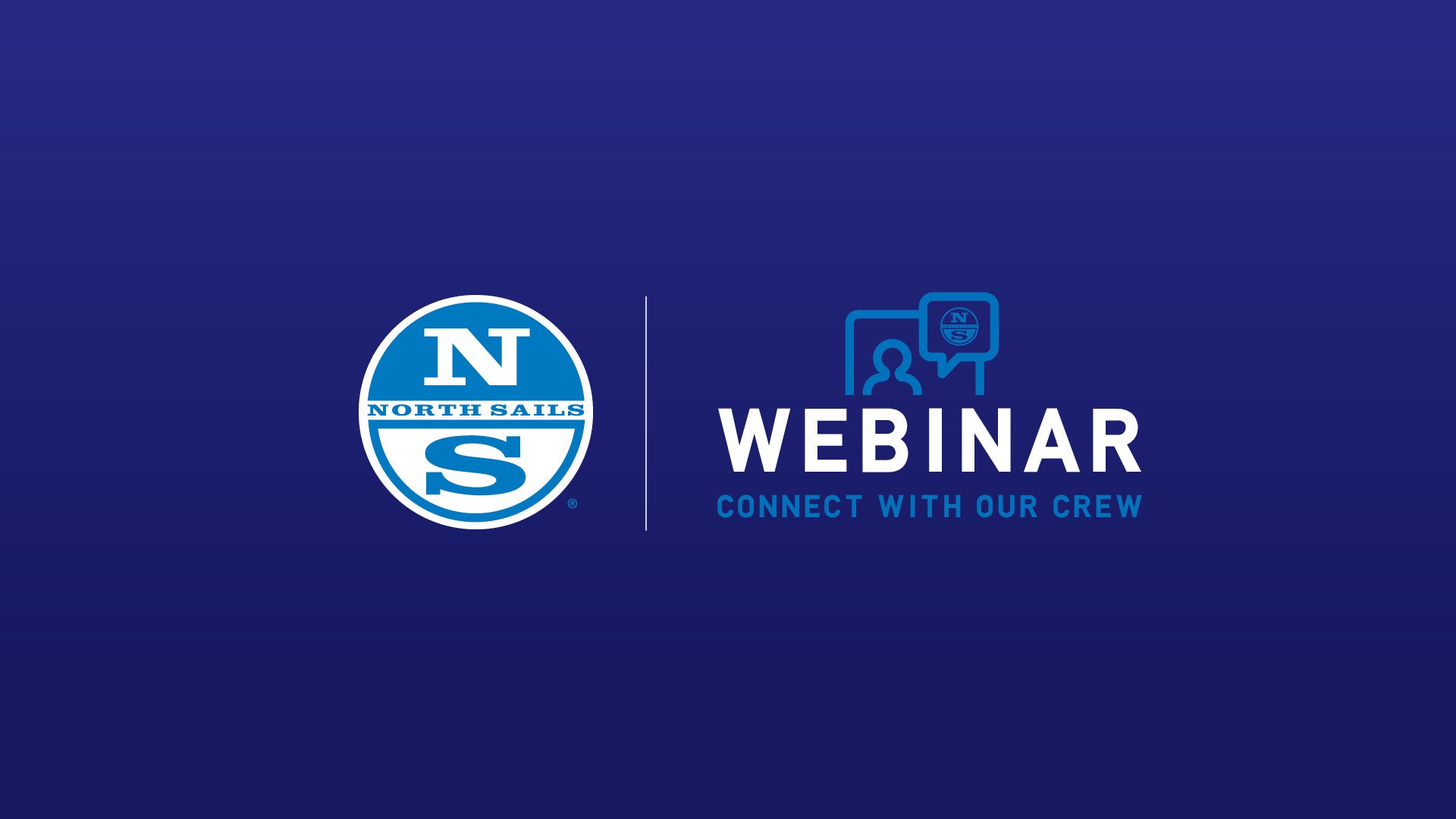
LET’S TALK FLYING SCOTS | CHANGING GEARS
LET’S TALK FLYING SCOTS
Changing Gears
Join Class Champions Zeke Horowitz and Brian Hayes for an informal web talk covering tips on how the top teams change gears and keep the boat going fast!
READ MORE
READ MORE
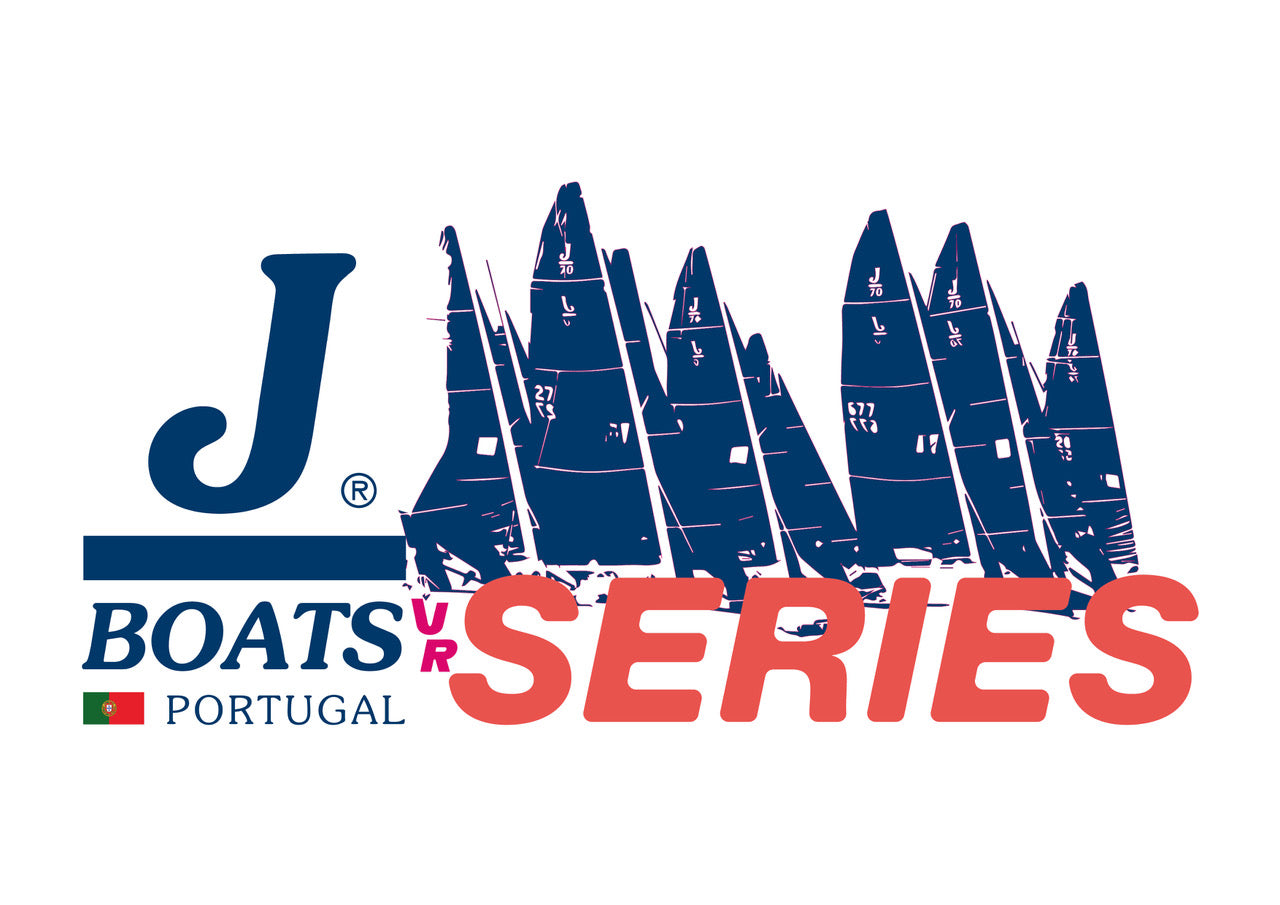
ACOMPANHE A REGATA J BOATS PORTUGAL VR SERIES
Seja como participante ou espectador,
este é um Campeonato de Vela que não pode perder!
Fique atento às informações sobre as próximas edições, seguindo toda a informação através do Facebook da J Boats Portugal VR Series.
Para assistir às regatas ligue-se através do Youtube ou Twitch
#SailFast #StaySafe
READ MORE
READ MORE
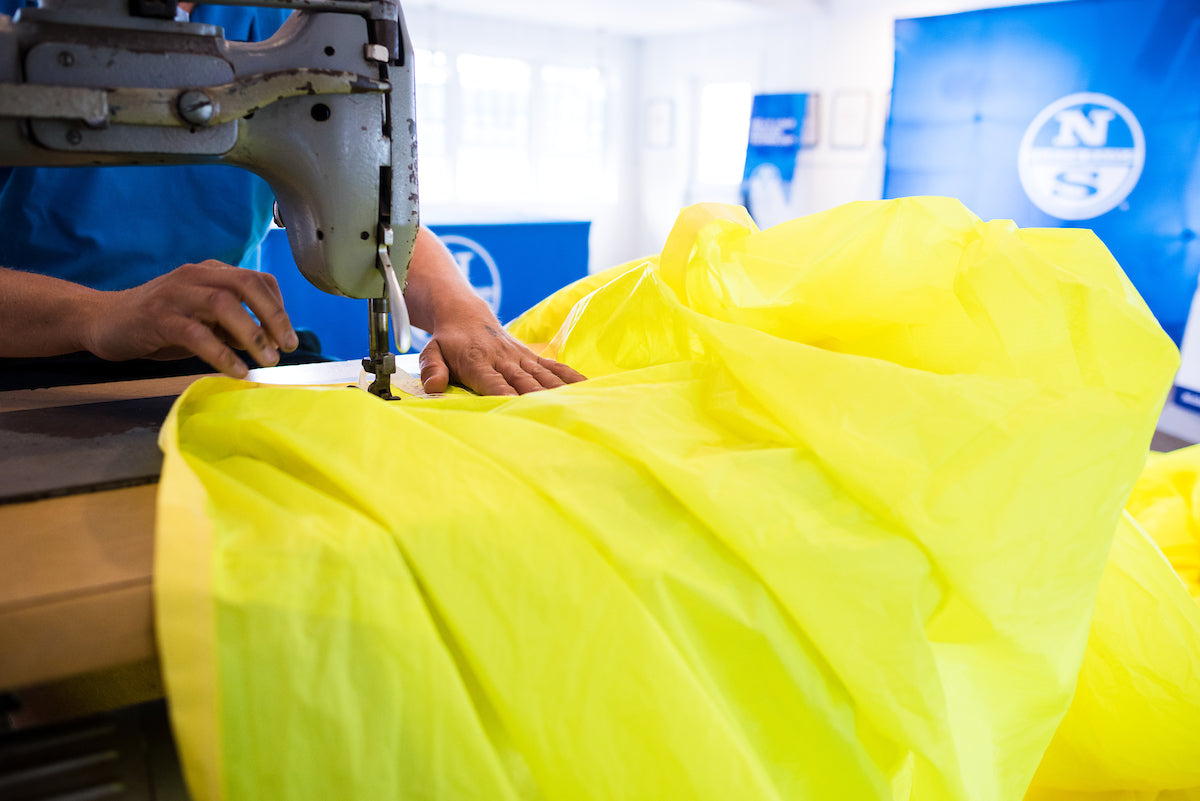
SAIL CARE & MAINTENANCE TIPS
SAIL CARE & MAINTENANCE TIPS
Ways You Can Protect Your Investment
📸 Cate Brown / Block Island Race Week 2019
There are many ways you can help prolong the life of your sails. Here are some pointers to keep you aligned with our sail care maintenance practices, which can be part of your regular routine while on your own whether you are at home, or on your boat. Preserving the life of your sails is important for performance and you can take these guidelines to help protect your investment.
Avoid prolonged flogging of sails. Flogging and leech flutter can degrade a sail’s performance before its time. Minimize motoring into the wind with flapping sails. After hoisting sails, trim promptly and steer a course so the sails fill rather than flog.
Use your sails in their designed wind ranges. If you don’t know the recommended wind ranges for your sails, contact your North sailmaker.
Adjust your leech line to eliminate leech flutter (tension it just a touch more than necessary to stop the flutter). The tension needed will change as the breeze increases and as the jib sheet is adjusted. Do not over-tension the leech line; if the leech becomes hooked, ease it off. Proper placement of genoa cars will also prevent leech flogging on your genoa.
📸 Michael Egan/ Egan Images
Avoid unnecessary contact between sails and standing rigging. Avoid releasing the genoa sheet late in a tack. Backwinding the leech against the windward spreader tip will distort the leech and can split your sail.
To combat chafe, be sure to cover spreader ends, and check there are no exposed split pins, cotter pins, or other sharp edges around the mast, foredeck, lifelines, and turnbuckles. These can chafe and/or tear your sail.
Make sure your sails have extra reinforcement in areas of high chafe. Spreader patches on overlapping genoas and mainsails, as well as extra chafe protection on headsails where they come in contact with mast mounted radars and stanchions, will extend the useful life of your sail.
📸 Michael Egan/ Egan Images
When leaving the boat, ease the jib halyard, main halyard, and outhaul to prevent permanent luff and foot stretching. Releasing batten tension also reduces distortion at the batten ends
Limit exposure to the sun for extended periods of time. UV rays are one of your sail’s worst enemies. Roller furling genoas should have UV-resistant material covering the leech and foot. If you store your mainsail on the boom, make sure it is always covered when not in use.
Rinse your sails with fresh water and dry thoroughly before storing, to prevent mildew and color bleeding in spinnakers. Rinse fittings in fresh water to help prevent corrosion. Store dry sails in a well-ventilated location. And remember, making sure they are dry is as important as the initial rinse. Wet sails create mold issues.
Avoid folding sails on the same fold lines so that small creases don’t become permanent.
📸 Michael Egan/ Egan Images
Remove mildew stains on polyester, Spectra/Dyneema or Vectran sails promptly. Use a mild household bleach solution with water and a soft cloth, then rinse thoroughly. DO NOT USE BLEACH ON NYLON, ARAMID, OR LAMINATED SAILS.
To remove oil/grease stains, scrub with Simple Green and a soft brush, then rinse. Follow with a mild soap scrub and rinse to remove the Simple Green completely from the sail. Be careful not damage the sail with excessive scrubbing. Depending on the stain, you may not be able to remove it completely.
Removing rust stains is tricky. We recommend that you contact your North Certified Service expert for treatment. We may not be able to completely get rid of it, but we can make sure the area is still in good working order.
Regularly rinse sail bag zippers or lubricate with silicone spray.
Patch minor tears as soon as possible with a pressure sensitive adhesive (PSA). Avoid using duct tape!
Check nylon/polyester downwind sails a few times each season for small tears. Catching small holes early can reduce the chance of them becoming bigger tears later on.
Spray luff tapes on both genoas and mainsails as they slide up the track, using a Mclube-style lubricant. This will help clean the tracks and make hoisting and dousing easier.
📸 Michael Egan/ Egan Images
Check battens for splintering. Splintered battens should be replaced, or at least taped, so the splinters don’t harm the sail.
Check luff slides and other hardware to make sure they are still securely attached to the sail.
Check seam stitching to make sure it is still intact. UV can quickly damage certain threads.
Have your North Sail Certified Service expert inspect your sails at least once a season. Regular inspection will prevent small problems from becoming big ones. You can also ask your local loft to create an onboard sail repair kit for your specific sails.
Keep a sail log. Photographing your sails on a regular basis and logging the hours they are used will help you and your sailmaker evaluate your sail inventory seasonally. Your sail photos can also be digitized and analyzed using North’s SailScan computer program. Contact your North representative for details.
📸 Michael Egan/ Egan Images
READ MORE
READ MORE
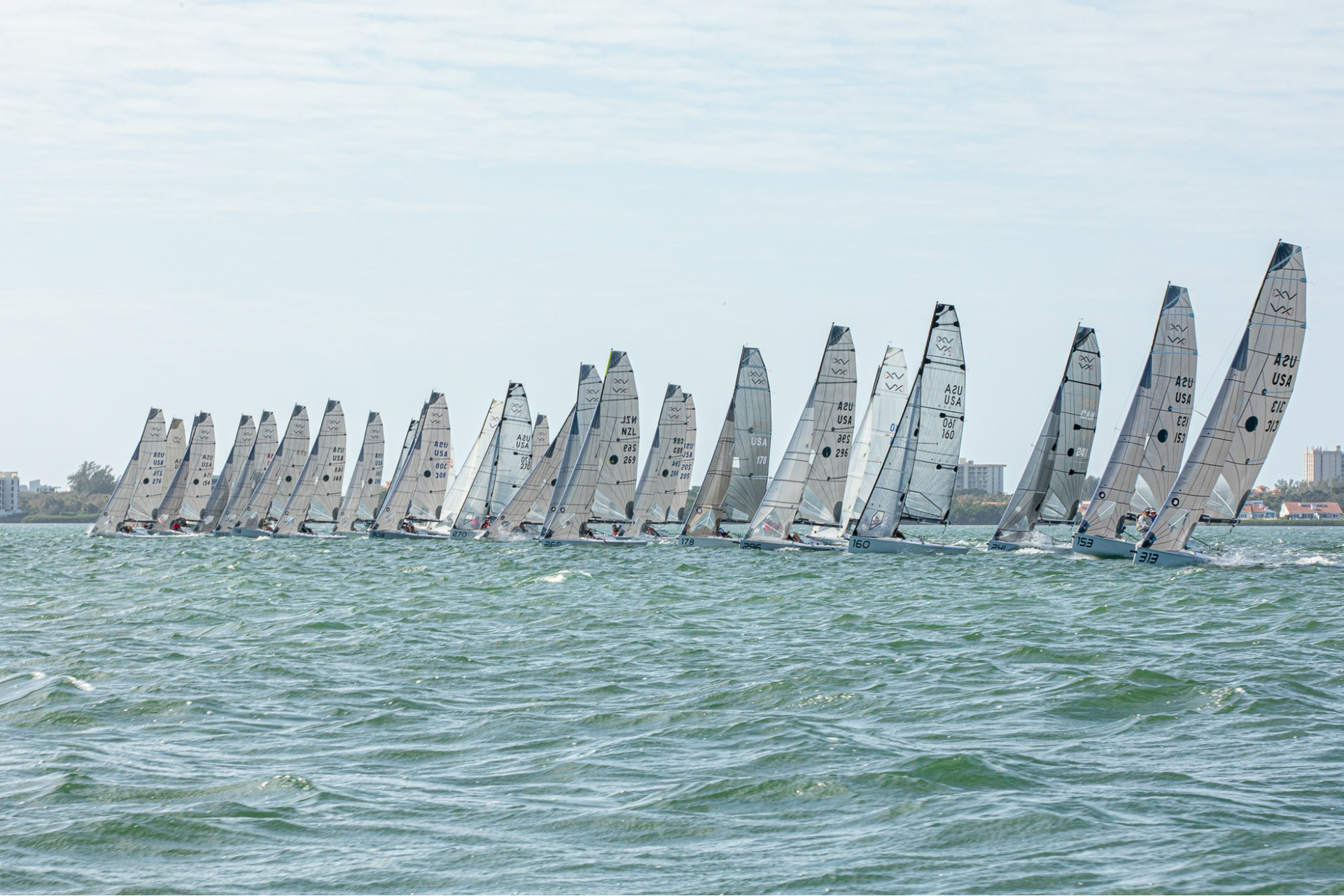
CREATING A STARTING PROCEDURE
CREATING A STARTING PROCEDURE
How To Use A Conservative Starting Routine To Eliminate Big Scores
When you look at the best teams in sailing, a common trend is how regimented and organized they are at a regatta. They show up each day well ahead of time and generally follow the same pre-race routine, the same on the water warm-up, and meticulously mark settings and take notes about each day's races and lessons learned. This is done to eliminate as many variables as possible to give themselves the best chance of winning the event. Creating team procedures and schedules can drastically reduce mistakes and allow the team members to maintain a more relaxed and procedural mindset on the water.
A common misconception is that starting has to be this chaotic event at the beginning of each race that is won with instinct and improvisation. Starting can actually be treated very routinely with a few steps that can land front row starts the majority of the time. When I sail with someone who is having a tough time finding a consistent start, we break it down into a step by step, conservative method to get off the line and head to the correct side.
Pre-Start Plan
Before the sequence even begins, I go through the starting plan with the skipper to make sure that we are both on the same page with how the start should go. In this time we work through pinging the line, a wind shot, and a proper back down to clear the foils. We then identify which third of the line we want to start in (pin third, middle third, boat third). As the skipper gets more comfortable with the routine we might get closer to each end, but to just get in good starting habits we try to keep it as simple and as low density as possible. It is also important to clearly establish the terminology that will be used on the starting line. Using terms like “copy” and “understood” help keep tensions down when trying to determine whether crew members are hearing communications.
If you are in a starting rut, keep it to the low density areas away from the ends. As you get more comfortable you can start closer to the ends if the situation calls for it.
The Circle
Harping back to keeping it simple I get the skipper immediately into the circle that the majority of the fleet ends up in during the pre start sailing on starboard towards the pin and the gybing and heading on port towards the boat. At first, it is always a gybe at the pin and a tack at the boat side. If you are in a class where you are allowed an instrument that gives you distance to the line, I will also give the target distance in which we want to be sailing. The more data driven I can be with these directions, the easier it is to be on the same page as the skipper.
The distance from the line you want to be circling is very boat and condition dependent. The most important is to communicate the target depth to keep the entire crew on the same page.
Port Tack Approach
When it is time to head back on port for the final approach towards our intended hole, I will give a time to turn back and a final depth in the box number. Generally the windier it is, the deeper in the box we will be because we will eat up distance quicker in the breeze. If we are trying to start in the boat third, the turn back time will be sooner than if we are shooting for a middle or pin third start. For example we might turn back at 1:45 for the boat, 1:30 for the middle and 1:15 for a pin third start. As we prepare to tack into a hole, I will identify which boat that we will tack underneath in advance.
If you are in a starting rut, keep it to the low density areas away from the ends. As you get more comfortable you can start closer to the ends if the situation calls for it.
Tacking into the Hole
The target of this tack is to get as close as we can to the windward boat and to generally keep at least a quarter of the bow out ahead of the windward boat. I will generally talk through the tack about exit angle weather we want to be tight to the wind or on a general close hauled course. After the tack we need to immediately be looking for boats trying to do the same to us. Generally the best defense when a boat comes into leeward is to show your bow down parallel with the line for a brief moment to force the leeward boat to tack early and then turn back up. With this maneuver you will at least have one boat length of space to leeward. From this moment it is important to not let any boats come from your weather side and hook you to leeward. Crew communication here is key to have someone keeping an eye behind.
Tacking tight to the boat to the windward side is paramount. Staying high out of the tack helps kill speed and maintain height inside of your hole.
Approaching the Line
“We are in our final approach, we have a nice hole to leeward, what now?” Once we have our hole, I relay to both the trimmers and driver the rate at which I want to approach the line. Remember, if the wind is shifted right you will use up distance to the line at a quicker rate than if you are in a left shifted breeze. The goal is to always be sailing toward the line on a close hauled course luffing when needing to control speed. Too many times boats that have to head onto a reach to stay below the line use up their hole to leeward and get pinched off soon after the start.
Try to leave room to sail a close hauled course to the line. Try and avoid reaching right before the start as you lose your hole to leeward and can slip sideways on the turn up.
The Start
We hit the line with speed and in the front row, now it is time to work to stay punched out until the first shift. Final starting jobs include one member on the radio to listen for OCS boats, and one person giving relative speed and height to the immediate boats around off of the line.
In putting your starting routine together, the main aspect to focus on is to identify the critical pieces of information that the particular helmsman is looking for. Finding conservative ways to be in the top group off of the line EVERY time and not just gambling at the ends is the priority. Following some of these steps will help eliminate the starts that cost major places over the duration of your next regatta.
Crew starts calling relative speed and height immediately to try and maintain a clear lane.
READ MORE
READ MORE
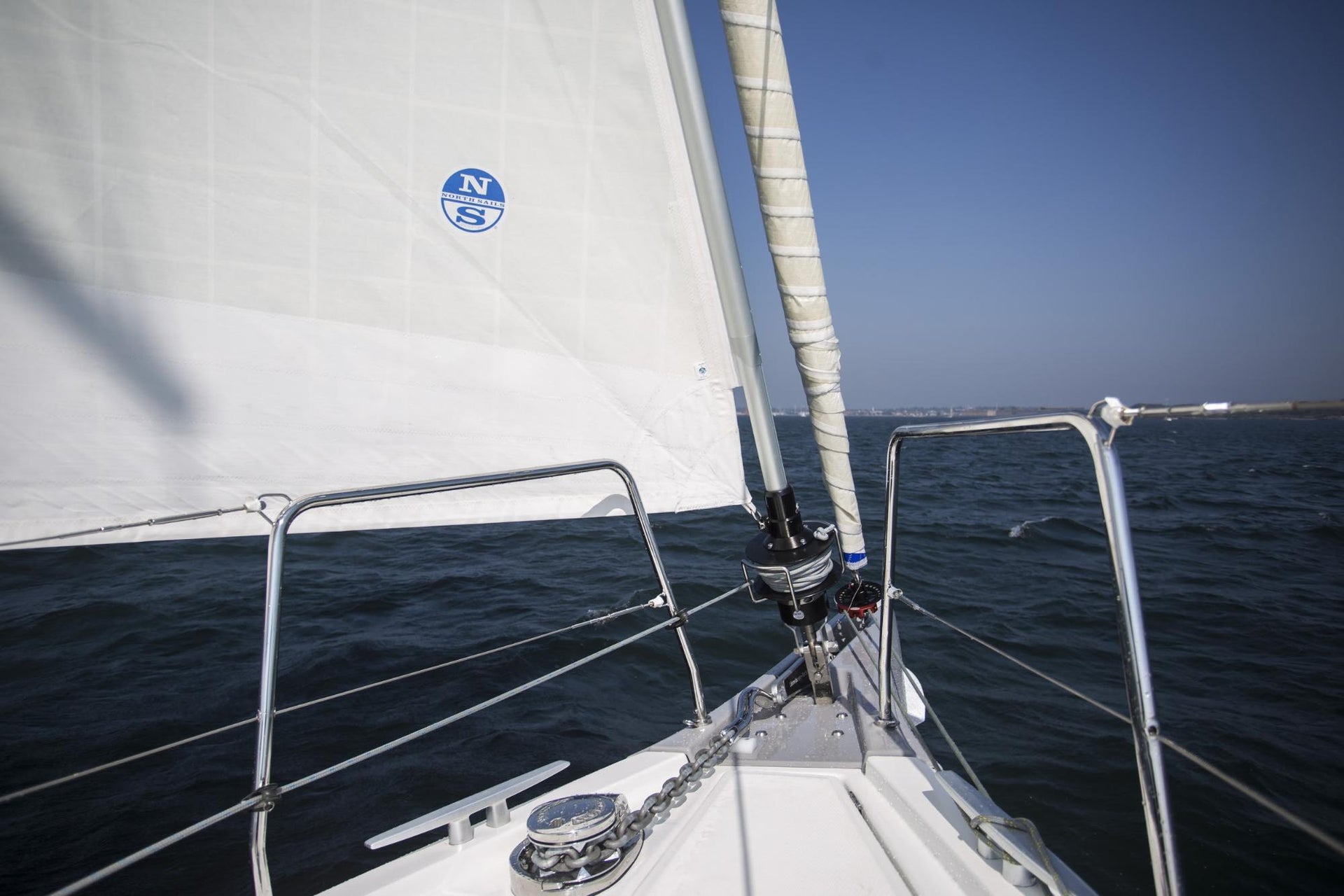
ROLLER FURLERS & UV SUNCOVERS: WHAT YOU SHOULD KNOW
ROLLER FURLERS & UV SUNCOVERS: WHAT YOU SHOULD KNOW
Understanding Your Furler and How it Works Will Prevent Disaster
📸 Billy Black
What happens if you furl your sail the wrong way? – with the sun cover on the inside instead of the outside of the furl? Unfortunately, we see the effects of this in our service lofts around the world. The result is UV damage to the sailcloth that has been left exposed to the sun, instead of being protected by the UV leech and foot cover.
Most often, this happens when a sail has a UV cover that is the same colour as the sail material. Such as a white cover on a white sail or a grey cover on a grey sail. When the sail is rolled around the headstay in the wrong direction – with the UV protection on the inside of the roll, it is not always obvious leaving the base sail material exposed.
In some cases, this can happen on a new sail that has been installed incorrectly – with the sail cover that is on the inside of the furl due to the direction the furling drum turns when furling – either clockwise or counter clockwise.
This also can happen seasonally when the boat is unrigged or mast is not stepped (assembled and placed vertical). If the furling line is re-rigged, it must be wound the correct direction around the furler, to be compatible with the sail. Fortunately, North Sails always have a sticker displayed as a visual reminder that the sail is furled the correct way based on what side the UV protection is applied.
📸 Michael Egan/ Egan Images
To avoid this mistake which may result in the need for a sail repair, here is a short checklist to ensure that your sail is installed with the UV protection on the outside:
Determine which side of the sail has the built in UV protection – for coloured UV materials this is easy – but not as much as matching colors. The UV cover is either on the Port or Starboard side of the sail. If there is any question regarding which side of the sail is protected please contact your local North Sails professional for assistance. There are many easy ways to tell which side your UV protection is attached.
Next, you want to check that the furling line has been loaded into the drum so that the sail will roll with the UV on the outside. An easy rule to follow is that the furling line needs to enter/exit the drum on the opposite side than the UV protection. i.e if the UV is on the PORT side of the sail, then the furling line needs to exit the STARBOARD side of the furling drum.
Normally, it is a very easy fix to re-rig your furling line, by unwinding it completely, then re-winding it in the opposite direction.
Once you are certain that your furling direction is in sync with your UV protection, you can be confident in leaving your sail hoisted and furled for extended periods of time. Please note, the type of UV material and your latitude make a substantial difference in the length of time and level of protection you can expect from your UV leech and foot covers.
📸 Michael Egan/ Egan Images
READ MORE
READ MORE
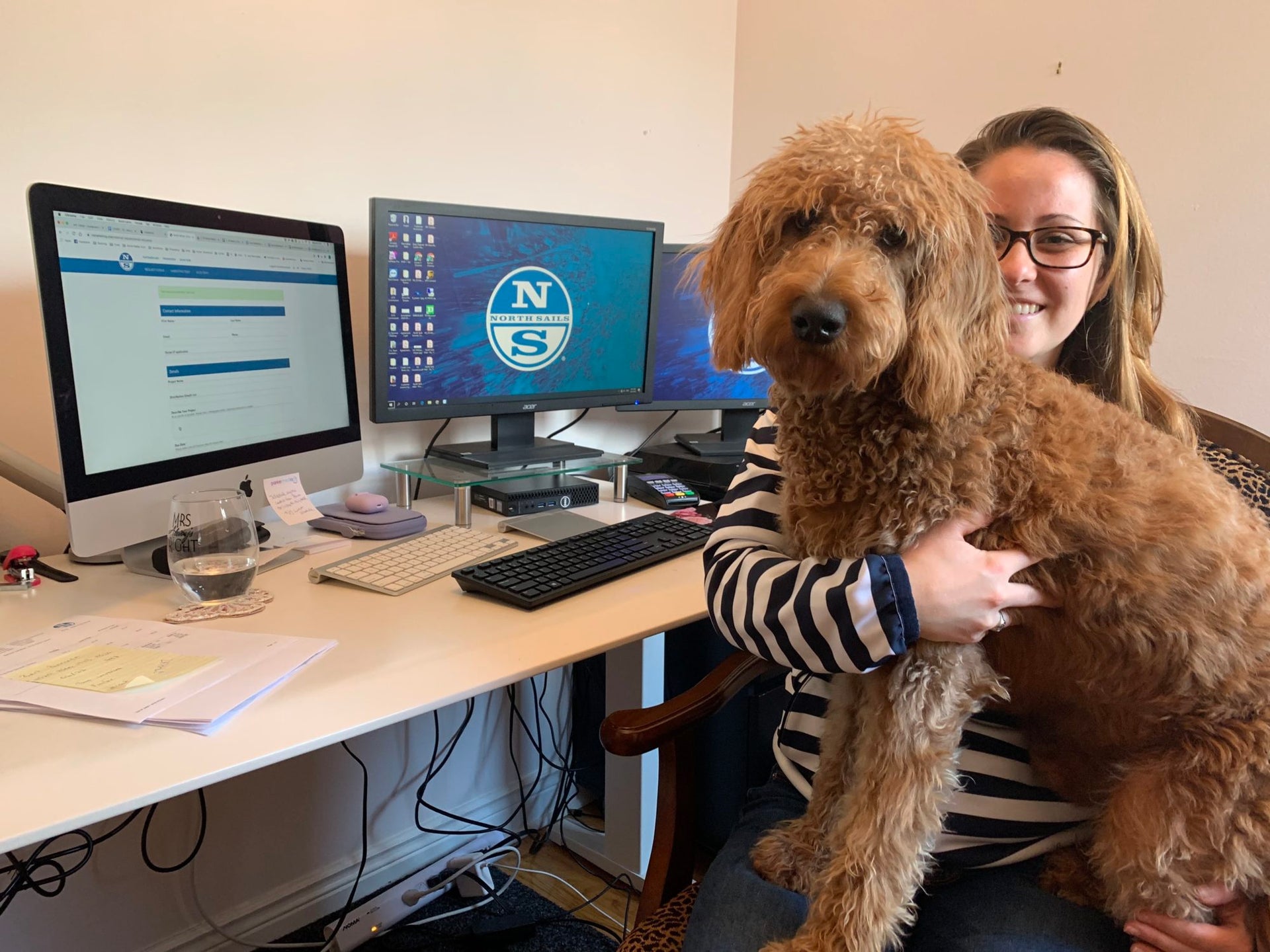
MEET OUR FURRY COWORKERS
MEET OUR FURRY COWORKERS
Working From Home Has Its Perks
Meet Louisa's furry coworker while she works from home.
Tell us about your furry companion, name, age, favourite activities?
Jack is a fur-ball of fun at 7.5 months old labradoodle who is quickly growing into his floppy ears. He weighs in at a hefty 55 lbs for a puppy who is constantly burning energy. His favourite activities are stealing his parents socks and eating his dad's shoes, not to mention cuddling as much as possible (belly rubs are his favourite).
Do you take him/her sailing with you ever?
We hope Jack is a nautical dog. He hasn’t been on a boat yet however we’re hoping to get him on the sailboat as soon as possible. He loves walks on the beach and close to the water, even though he doesn’t like the sound of waves. It’s a work in progress though and he will be getting his first lifejacket very soon.
How is he/she adjusting to your temporary work from home order?
Jack is loving having both of his parents home 24/7. He is a great assistant who helps bring laughter throughout the day. He occasionally sleeps on the job but being cute is hard work! He gets paid in treats and belly rubs, you may occasionally hear him on a video call, he always wants to say hi.
How are you reacting to the work from home order?
Working from home is great. Other than the mound of boxes as I am trying to move, things are going pretty well. Our loft as a whole has been able to adjust to the conditions and make a plan that works for us and helps customers. Our priorities are always to keep everyone safe, healthy and follow government guidelines. We are working with multiple plans and backup plans to ensure customers can go sailing when the weather gets warm and it’s safe to do so. We appreciate everyone’s understanding and cooperation during this time.
READ MORE
READ MORE

NORTH SAILS CLIENT Q+A
The North Sails teams around the world have received a bunch of calls and emails recently. A quick Q+A has been put together to help provide you with information on where we are at during this crazy time. We also hope the information below provides you with a realistic outlook that we will eventually get back to some semblance of normal, and find joy in an activity we all love.
Are you still making sails?
Yes. At North Sails, we are taking all the recommended safety precautions to limit the impact of COVID-19 in our production facilities. One advantage of multiple manufacturing facilities globally is that there are several countries that we manufacture in which have had less effect from the crisis to date, while others have had quite a large effect and are currently in shut down.
The current situation is very fluid, and at this time, we are running essential operations at our sites when permitted, that will not compromise the health and safety of our staff and clients. All in all, we are up and running to the very best of our capabilities during this crisis.
Can I still get my sails serviced?
You can coordinate sail drop off and pick up with your local team in any open location. If picking up, please ensure invoices are prepaid and schedule a time with your North sales or service representative.
The phone is your friend. Call and schedule a time for pick up or drop off out in front of the building. We are continuing to arrange sail collections, deliveries and installations with clients by appointment. Please contact us to arrange your’s if your local area allows for this freedom of movement. Again, local regulations are different from place to place thus, so we have no global policy. We are completely reliant on our local teams to monitor and support this process.
When I order new sails, I usually come in to the office and go through all my details with my sales rep…can we do all this over the phone or the internet?
Absolutely. We will continue to provide our customers with world-class customer service via the phone, text messages, or virtual meetings. We can add in one of our designers to a call. The majority of our staff is working remotely and ready to answer your questions and support where possible. Contact details for your local North Sails team can be found on northsails.com.
I have ordered sails. When can I expect delivery?
At this stage, our facilities have been for the most part up and running. That said, we do anticipate some delays as countries, states and regions make moment to moment decisions whether the public must shelter-in-place or if people can continue to safely go to their jobs. There are also plenty of shipping questions at this stage with air and water transportation greatly affected. Currently we are handling all questions concerning shipping on an individual basis and recommend that our sales team stay in touch with their clients often.
So, the short answer to this question? We are trying to stick to our schedule but do anticipate likely unintended scheduling issues going forward and will work with our clients on a case by case basis.
I have sails on order but won’t need them when I thought I would. Will you store my sails until I need them?
Absolutely. We call this “Pay and Hold.” We will store your sails on our shelves for no charge. We simply get final payment upon sail completion as normal, along with a confirmation email from our client that the sail has been sold to them and we are keeping it until needed. We keep your sails on our shelves until the sail is needed and we know where to send it. We hope your sails won’t be on our shelves long and we will all be getting on the water soon!
I am considering a new sail purchase and hope to be able to use my boat and new sails by the middle of the summer. Can you make that delivery date?
At this stage, yes. Depending on the type of boat you have and sail you need, we have delivery slots available in late June, July and August, but be aware we expect quite a backlog of orders to push through so it will be safest to get your order into the system now, rather than relying on a rush request down the road. Again, this will be affected by the country, state, region and local regulations concerning our manufacturing facilities. I can say that when we are able to work within safety guidelines set by local authorities we are doing so at this stage.
How is North Sails helping during this crisis?
Currently, in many countries in which we have service and manufacturing facilities, we are working with local, regional, and national authorities to begin production of safety masks. Our North Sails colleagues in Italy were the first to start this process. “Cut and sew” facilities can help ease the burden of a shortage of essential materials like masks during a time of crisis. It is the priority of North Sails to utilize our skills and capabilities to help where we can.
READ MORE
READ MORE
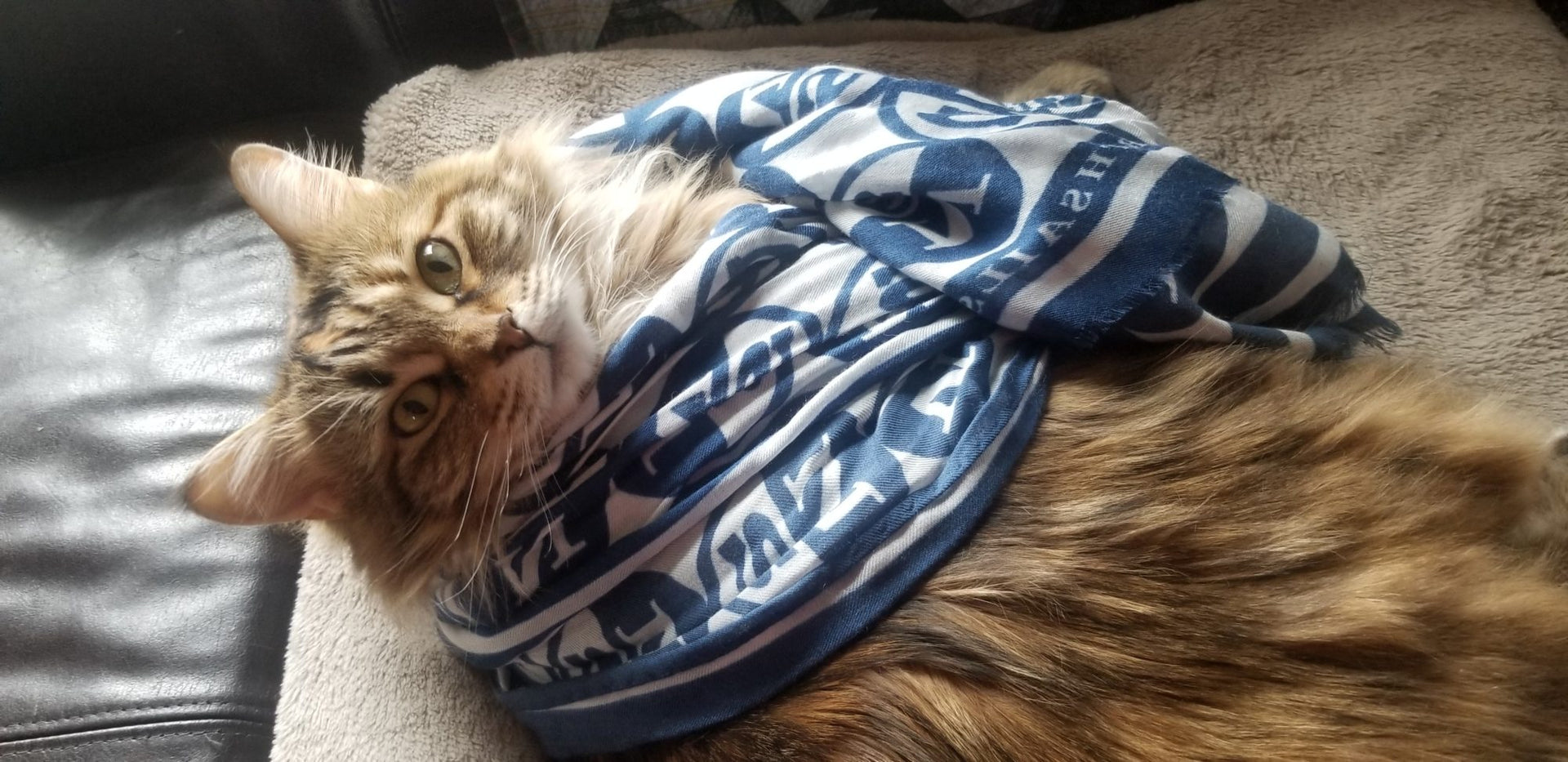
MEET OUR FURRY COWORKERS
MEET OUR FURRY COWORKERS
Working from Home has its Perks!
Meet Chelsie’s new co-workers, keeping her company during her time of working from home.
Tell us about your furry companion, name, age, favorite activities?
My furry companions are Chow and Miss Poot. Miss Poot is featured in a beautiful North Sails scarf and is ready for action. She weighs in pretty hefty at 18.4 lbs, but she is on a new diet plan to work on her figure for spring (and little does she know, for the rest of her life). She has her eye on a local fella cat which helps keep her motivated. The next contestant, Chow, found a way to activate my printer and print the ink level reports to help out with my workload. He likes to be the center of attention. If things are not going his way, he enjoys eating things he isn't supposed to, scratching pictures off the wall, and meowing. He also enjoys sleeping and climbing trees.
Do you take him/her sailing with you ever?
Miss Poot doesn't partake in sports but she has modeled at a Nautical themed fashion show for big and tall models in the past. Chow did go on a boat ride once, but he literally jumped ship and we decided not to ever take him on the water again because we kinda like the handsome fella. They do both fancy sitting near the pond and watching fish.
How is he/she adjusting to your temporary work from home order?
Miss Poot is still getting her beauty sleep as of 3:02pm and as long as the feeding schedule remains intact, she is A-OK. Chow needed a special space created Just for him in the new office...otherwise he threatened to keep pushing buttons on the printer. After that, he calmed down and went to sleep. So overall, I would say, pretty good.
How are you reacting to the work from home order?
My position as office admin within the loft allows me to be able to function pretty well from home. After getting the kinks out, our loft has been able to formulate a plan as things continue to develop. Our priorities right now are keeping everyone safe, following the guidelines set forth by our local government, and finding creative ways to take care of our customers as we near the sailing season. We are also working on Plans A, B and C to make sure everyone gets their sails in time. We will have more information on that for everyone soon. So far, customers have been understanding and helpful with our shelter in place restrictions. All in all, I think everyone is working together to weather this storm so we all come out ok on the other end.
READ MORE
READ MORE
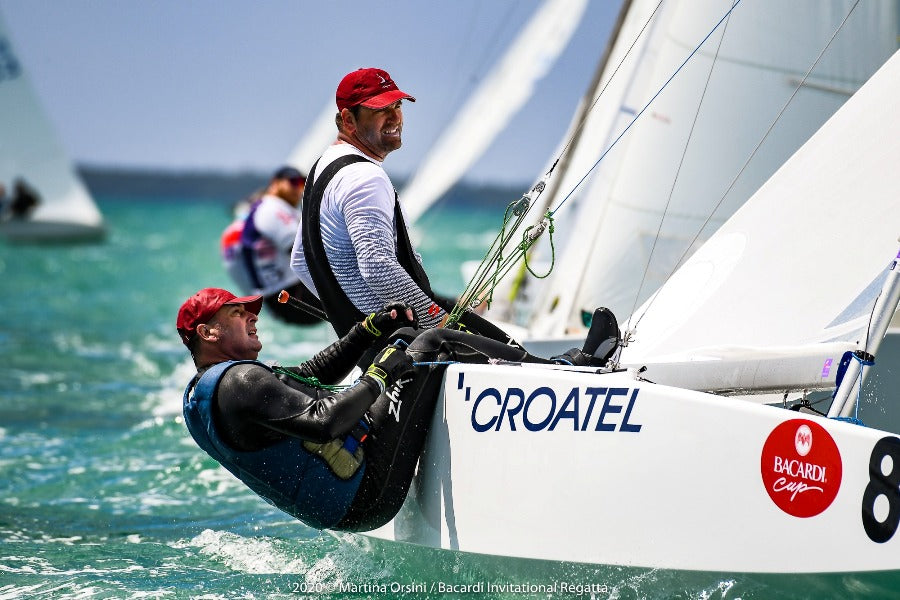
BACARDI CUP 2020.
Bacardi Cup 2020.
FOTO: MARTINA ORSINI
I ove godine posada Marin Mišura - Tonko Barač, naš najbolji dvojac u klasi Zvijezda, dobio je pozivnicu za jedrenje na prestižnom Bacardi Cupu. Svi sudionici, a bilo ih je u osam različitih klasa, na Floridi su boravili od 1. do 7. ožujka.
Mišura i Barač su ujedno bili i jedini hrvatski predstavnici na ovoj regati i s obzirom na aktualnu Korona situaciju imali su dosta sreće, jer ih nisu zadesili nikakvi problemi prilikom povratka na stari kontinent. A kao i većina razgovora ovih dana u cijelom svijetu i ovaj je počeo s njom u prvom pitanju.
Kad smo mi bili tamo nije bilo opasnosti. Mislim da je tada aktualno bilo samo na sjeveru i u Kanadi i još se nije spustilo na jug. Tako da mislim da smo od tamo otišli u posljednji tren. Sletjeli smo u Munchen kao da se ništa ne događa... kad smo došli doma nitko nas nije ništa pitao, tako da nismo u nikakvim karantenama i samoizolacijama. A i obojica smo još uvijek bez ikakvih simptoma. A regata... moje mišljenje je da je dobro prošla... rezultat je puno bolji nego što je bilo moje jedrenje. Ja se nikako nisam mogao spojiti s taktikom. Gdje god sam išao nisam mogao pogoditi stranu. Tu smo se puno mučili... Onda opet i ono naše standardno, da smo išli praktički bez treninga. Dok pohvatamo krmu i sve ostalo prođe pola regate. Ovo 24. mjesto u prvom plovu... da smo bili u treningu sigurno bi u cilj ušli 13. ili 14. jer smo tako i okrenuli prvu bovu. Tako bi imali to 24. manje. Miami je specifičan. To najviše dolazi do izražaja kad je mali i srednji vjetar. Onda je teško vidjeti vjetar na moru. Boja mora je takva da se vjetar i refuli ne mogu baš tako lako razlikovati, a puno je rupa. Može se desiti da brod koji je ispod tebe dvadeset metara, njega uhvati pritisak, a tebe ne i onda on napravi razliku. Ako si to skužio onda si stvarno mogao profitirati. A u globalu je bio mali vjetar. I onda je to veliki problem sa Stellom, pogotovo kad se jedri krma. Tu nastaju velike razlike i tu se dosta gubilo. Mi smo se zato najviše nadali da ostanemo na poziciji na kojoj bi okretali prvu bovu, a stalno smo bili u prvih 10-12 brodova u prvoj orci. Tako da je na kraju taj rezultat stvarno puno bolji od onoga kako sam se ja osjećao. Mislim, nisam nezadovoljan rezultatom, već s tim kako sam ja jedrio. Mučio me onaj osjećaj kad nisi siguran što radiš unutar polja. S druge strane iznimno sam zadovoljan sa startevima! Sve skupa smo napravili 9 ili 10 starteva. Jedan nije bio toliko loš, ali nismo bili dovoljno komodni nakon njega, dok smo sve ostale mogli birati gdje ćemo i na kojoj strani nastaviti regatu. I onda me ljutilo to što iz tih situacija nismo mogli izvuči najbolje moguće. Po pitanju vjetra bilo je isto zanimljivo. Jedan dan smo imali 15-18 čvorova, ali ne može se reći da je bio dan s jakim vjetrom, jer je to bilo nešto slično našoj buri. Puhalo je doslovno sa sjevera... doleti reful od 18 čvorova, a onda padne na 7... A ostalih dana smo imali neki njihov lokalni jugozapdnjak. Jednog dana je puhao 14-15 čvorova, pa jedan dan ga je bilo 5-6, pa 8... tako da je bilo svega. Najgori nam je bio dan kad se spustila užasna vlaga. Lokalci su nam rekli da sigurno dvadesetak godina nije bila tolika... temperatura 38°C, sjediš u hladu i znoj ide s tebe... dok sve ostale dane oni koji ne trpe zimu su mogli nositi lagane jakne. Čak je u najavi bila i jedna velika nevera, pa su organizatori kombinirali različite varijante programa, ali na kraju je to stiglo u nedjelju, nakon što je regata završila. Moram reći da smo imali i problema s kutom u orcu. Ali mislim da je to bilo više do moje ruke.
Marin Mišura, kormilar
FOTO: MARTINA ORSINI
Ova regata je bila prva na kojoj su Mišura i Barač jedrili nakon pauze od sedam mjeseci, odnosno nakon Svjetskog prvenstva. U Miamiju su jedrili na iznajmljenom brodu, što je i logično s obzirom na lokaciju regate, ali u sličnom problemu bi bili i da su nastupili na nekoj regati u Europi. U Splitu su primijetili da su se pojavili "valovi" na površini kormila s jedne strane i s obzirom da nije malen posao skinuti kormilo s ove jedrilice, pred odlazak u Miami poslali su je na remont u Italiju kod proizvođača.
S obzirom na trenutnu situaciju jedrilica je i dalje na Lago di Como.
Naša posada je regatu završila na vrlo dobrom 15. mjestu između 66 posada! Osim analiziranog prvog plova i odbačenog 24. mjesta, u cilj su dva puta ušli kao 12., jednom 13, te još 19. i 23. Jedan bod ih je dijelio od švedske posade na 16. mjestu, dok su im 14. bježali za 15 bodova.
Pobjednici regate su posada Mateusz Kusznierewicz - Bruno Prada. Kombinacija koja u različitim klasama ima pregršt medalja sa svih najvećih globalnih natjecanja.
Kompletnu rezultatsku sliku možete pronaći na ovom linku.
FOTO: MARTINA ORSINI
Nije loše podsjetiti da su Split, JK Mornar i Dalmatinska flota dobili domaćinstvo Europskog prvenstva klase u svibnju 2021.
Nadajmo se da će do tada globalna situacija po pitanju pandemije biti samo jedna priča koju ćemo svi ostaviti iza sebe i da neće biti problema u organizaciji. Jedino što je trenutno izgledno je to što su Olimpijske igre u Tokiju prebačene na ljeto 2021. i to će sigurno utjecati na startnu listu počevši već od našeg laseraša Tonća Stipanovića koji će u tom periodu biti maksimalno fokusiran na olimpijsku regatu u Japanu.
Ali slavnih imena iz svijeta jedrenja ne bi trebalo nedostajati, jer je napravljen dogovor sa Star Sailor League o sponzoriranju u vidu trackinga, video prijenosa u živo i osiguranja jedrilica za natjecatelje s drugih kontinenata.
Možda niste znali... pravila klase na velikim natjecanjima predviđaju samo po jedno jedrenje na dan.
READ MORE
READ MORE
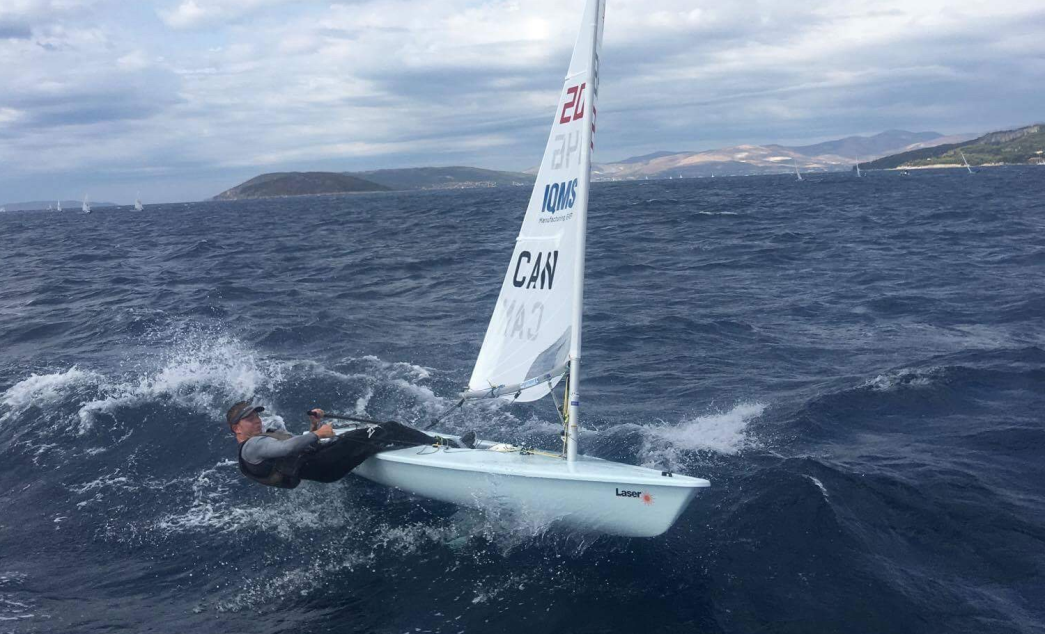
OFF-SEASON CONDITIONING
OFF-SEASON CONDITIONING
Improving Your Laser Sailing During Off-Season To Better Your Results
Laser sailing is one of the most physically demanding boats in the dinghy world. Whether you’re a weekend warrior or a high performing international competitor, fitness is one of the most important things you can invest in for many reasons.
Improving your level of fitness can impact your speed and boat handling in a laser. Sailing a one design boat means that many variables are relatively the same across the fleet. So, in general everyone across the fleet should be theoretically going the same speed. However, we all know this isn’t exactly the case but if you were to remove a lot of these variables what’s left is the sailor. Any laser sailor knows the harder you hike the faster you will go, having a higher level of fitness can greatly impact your ability to hike harder and go faster.
Improving fitness can help reduce chances of injury. Whether you are just joining the class or have been in the class for multiple years injuries are something any athlete in any discipline will endure throughout your career. Strength training to build muscle and endurance can greatly impact your hiking position and how efficient you are in your movements on the downwind legs. Laser sailors don’t just need strong legs for proper hiking, having a strong core and lower back are important things to also focus on as these muscles are used to support your body while hiking upwind. Notice how the word “proper” is used here, a hiking position should be almost straight legs with your upper body extending outwards away from the boat with shoulders being pressed down towards the water. This is why a strong core and lower back are vital to support having your body extending out of the boat. Putting your body into a hiking position isn’t the best thing for your joints and over time laser sailors can experience ankle, lower back, knee and hip problems. Ensuring your strength is developed will mean your muscles can do a better job at supporting these joints by taking pressure off your joints and allowing your muscles to support.
As Canadians we have a small window to train and build tiller time throughout the year. That said, having a higher level of fitness can ensure you maximise the time in this window. We love being Canadian but as sailors we hate the short season. If you’re serious about your laser sailing maximizing your time during the spring, summer and fall months is very important. During the winter off-season working on conditioning to have the goal of being fit for spring will mean you will spend less time “brushing the cob webs off” when you first step back in the boat.
Enjoy the boat across all levels. Lastly one of the most important reasons which applies to everyone is overall enjoyment of sailing the laser. This doesn’t mean that the fitter you are the more you will enjoy the boat but it will help. The laser can be a tricky boat to sail and many laser sailors find building confidence especially in windy conditions very difficult. High levels of fitness can help build confidence knowing that you are fit and prepared will make any session more enjoyable. Many times sailors will attribute a bad day or bad training session to getting exhausted too soon.
Here are some areas to focus on when looking into conditioning:
Weight Training
The best way to build strength for laser sailing is to sail more in hiking conditions. However, this may not be attainable to all laser sailors. Short seasons and predominantly light conditions hinder sailors from gaining experience and fitness in hiking conditions. Strength training can be different for everyone as not everyone has access to a trainer or gym. Focusing on finding ways to incorporate weight resistance training to build strength by either using free weights, dumbbells, barbells and resistance machines are great. There is no shortage of prepared training programs online that you can do at home or in a gym that will work, the importance is to find what is best for you and to focus on form during workouts to better maximize the workout and to prevent injury. If you are serious about laser sailing the best thing is to talk to a trainer to design a fitness plan thats best for you. Most trainers will try to understand the physical requirements of laser sailing before designing you a plan but if you can find a trainer that know sailing thats even better.
Aerobic Training
Aerobic training is defined as any activity that is cardio in nature but performed in intervals or short but high intensity sessions. Simple examples that you can incorporate into your offseason conditioning could be running sessions on a treadmill or outside keeping a high pace for short defined intervals. During the offseason many laser sailors turn to the rowing machine for aerobic training. Although these are different sports the rowing machine engages your whole body while at the same time focusing on your cardiovascular ability to keep you body moving. A strong aerobic ability is good for short but high intensity activities things like tacking, mark rounding’s, accelerations and holding lanes in windy conditions.
Endurance Training
This is pretty simple, incorporating long cardio sessions at least 1-2 times a week will improve endurance. These sessions can be anywhere from 30min or longer. Choosing something you enjoy doing will make these sessions much more enjoyable, going for a long run mixed with some walking or taking up cycling are great for endurance training.
Cross Training
Cross training can be anything that will get your heart pumping and get you moving. This can be fun part about your off season conditioning. Taking up another activity that you enjoy doing like tennis, basketball, cycling or swimming are just some examples of cross training. Many Laser sailors take up other sports to satisfy their cross training which is great for your conditioning but also for mental health. Changing things up and taking your mind away from the boat will make you wanna jump back in.
READ MORE
READ MORE
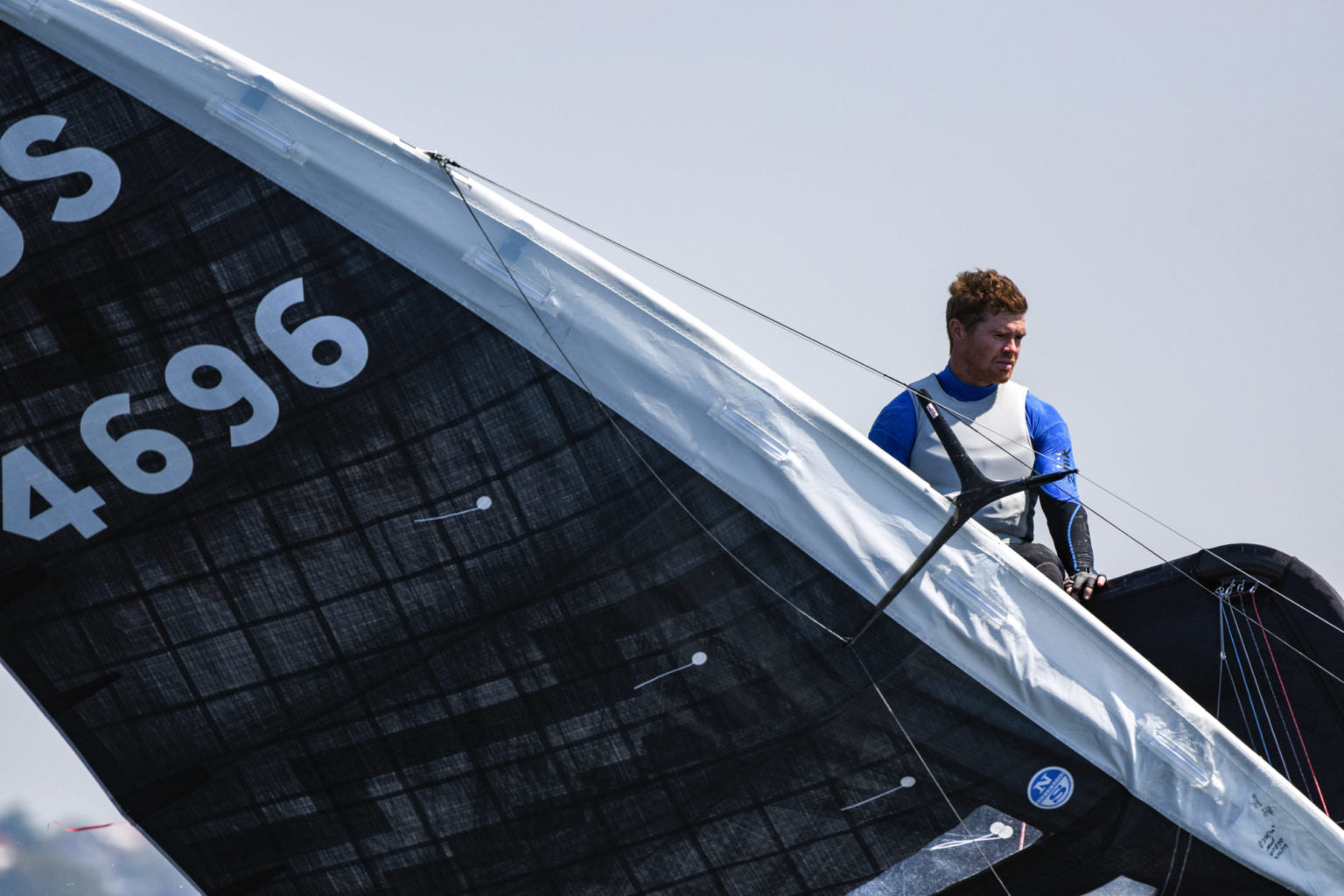
RIGGING & TUNING FOR THE 9DSXR MOTH MAINSAIL
RIGGING & TUNING THE NEW MOTH 9DSXR
Featuring Rob Greenhalgh & World Champion Tom Slingsby
Rob Greenhalgh has won National and European titles in the International Moth Class and serves as the North Sails Moth Class Leader. For the newest member of the fleet, to the seasoned champion trying the 9DSX for the first time, Greenhalgh is a wealth of knowledge when it comes to putting the Moth together, and to its highest performance on the water. Follow along as Rob unpacks, rigs, and de-rigs the 9DSX, to learn every detail of caring for your new Moth sail.
Moth World Champion Tom Slingsby dominated the 2019 Moth Worlds with the new North Sails 9DSX Decksweeper, engineered to push the limits on speed and durability for maximum performance on the racecourse. Tune-in, as the world champion, gives a master-class on tuning the Moth, taking sailors step-by-step through his tips. Learn the technical details behind the fiery competitor that make Slingsby nearly unstoppable in the Moth class. Buckle up and get ready for take-off.
Have questions about Moth sails or how to rig for speed? Contact Rob for more information.
READ MORE
READ MORE
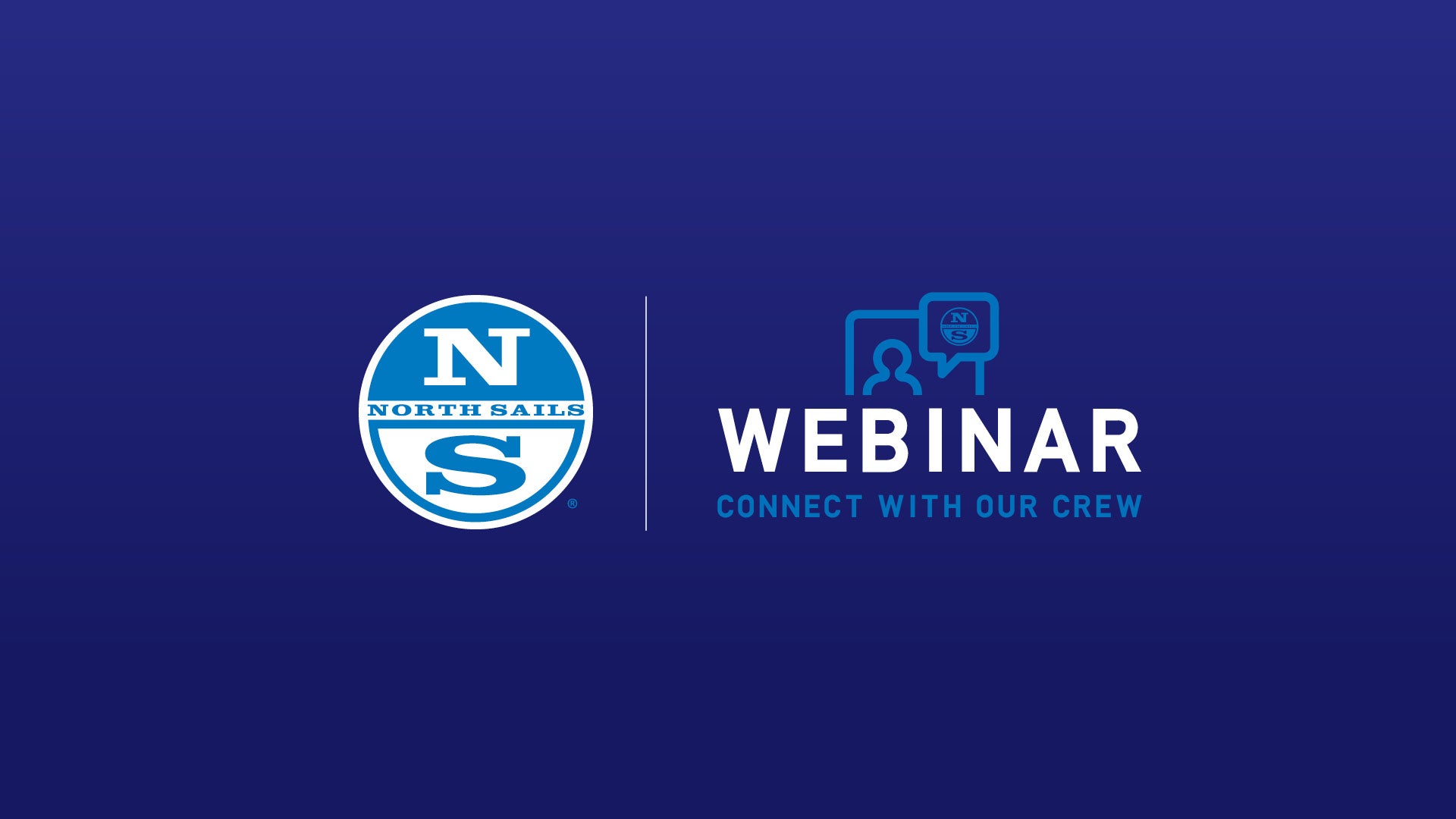
LET’S TALK VX ONE | TUNING FOR SPEED
LET’S TALK VX ONE
Tuning the VX One for Speed
Join North Sails expert Mike Marshall for the first session of the VX ONE informal web talk about sailing even if we can’t physically go and do it.
READ MORE
READ MORE
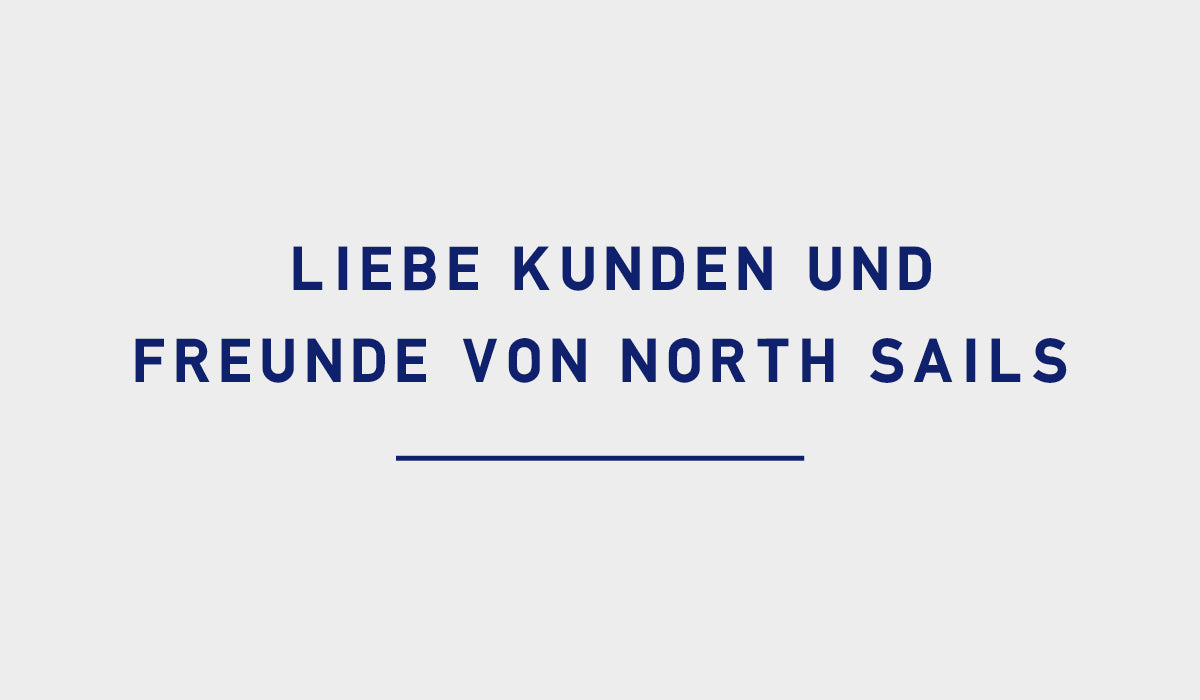
WIR SIND STETS ERREICHBAR
Derzeit bestimmen die Auswirkungen des COVID-19 Virus unser tägliches Leben. Wir bei North Sails haben alle empfohlenen Sicherheitsvorkehrungen getroffen, um die Auswirkungen von COVID-19 zu begrenzen. An unseren Standorten setzen wir die wesentlichen Tätigkeiten fort, welche die Gesundheit und Sicherheit unserer Kunden und Mitarbeiter nicht gefährden. Gleichzeitig haben wir alle anderen Aktivitäten vorübergehend eingestellt.
Wir sind stets erreichbar
Natürlich bieten wir Ihnen weiterhin einen erstklassigen Kundenservice und sind für Sie per Telefon, Email oder virtuellem Meeting erreichbar.
Abholung oder Abgabe von Segeln
Bitte nehmen Sie vor einer geplanten Abholung oder Abgabe von Segeln mit uns Kontakt auf. Gerne besprechen wir dann mit Ihnen persönlich die derzeitigen Möglichkeiten einer Segelübergabe.
Wir alle bei North Sails sind leidenschaftliche Segler und erfahren darin, in ernsten Situationen auf See einen ruhigen Kopf zu bewahren. Helfen Sie uns, diese Einstellung in den kommenden Tagen und Wochen in unser Leben an Land zu bringen.
Bleiben Sie gesund!
Ihr North Sails Schweiz Team
READ MORE
READ MORE
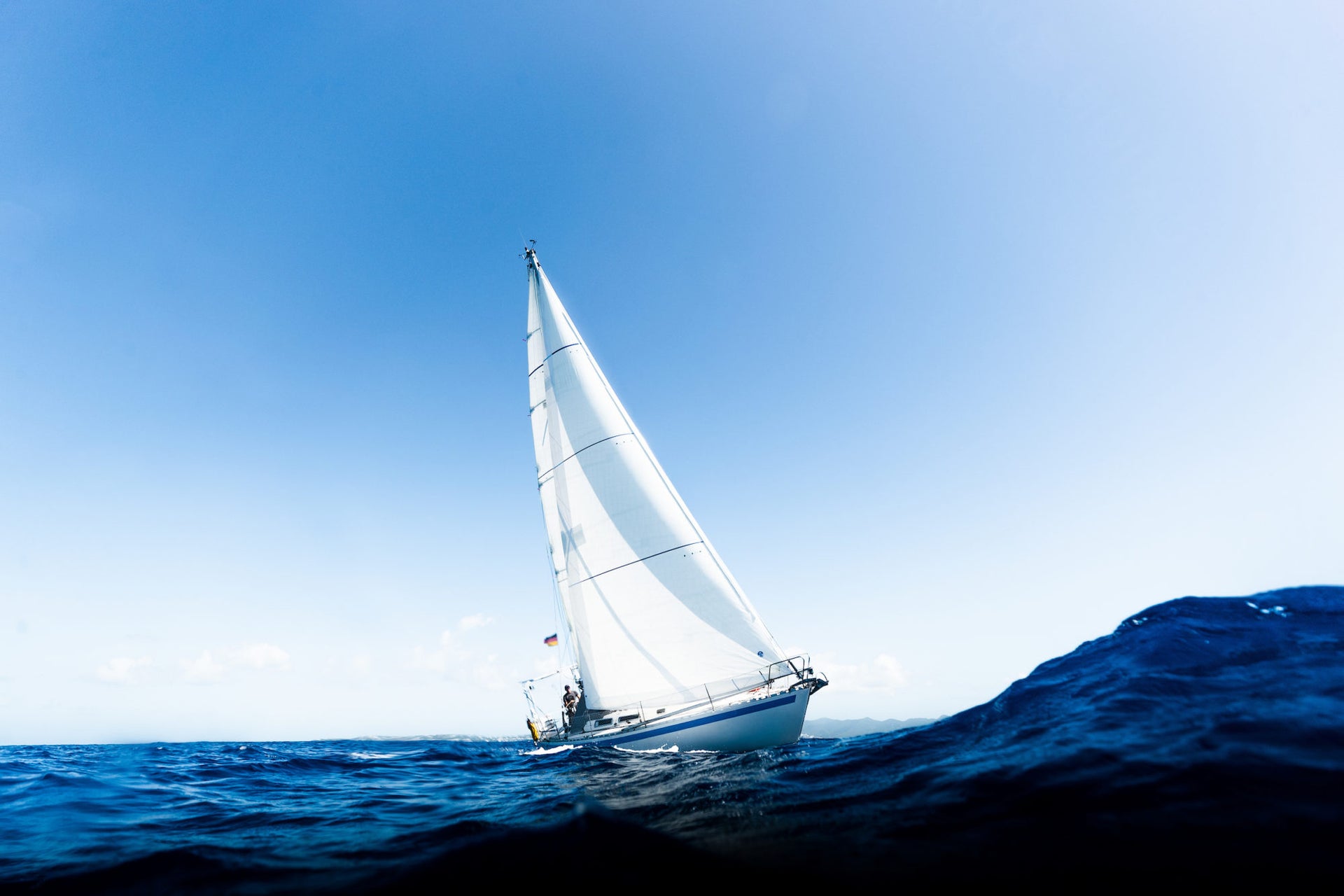
TOP 5 SAILING MOVIES & BOOKS
TOP 5 SAILING MOVIES & BOOKS
Staff Picks For Their Top Sailing Themed Movies And Books
Escape to a different oasis for a little bit with one of our staffs' favourite movies or novels. The Toronto team from North Sails has shared their favourite sailing themed novels and flicks to dive into when things get a little rocky. We hope you enjoy these as much as we do and share some of your favourites as well.
Top 5 Movies / Documentaries
Maiden
An inspirational story that keeps you hooked the moment it starts on the screen with its classic footage and heartfelt interviews. Based upon on a true-story, Maiden follows 26 year old Tracey Edwards and their crew on their quest to become the first-ever-all-woman to compete in the Whitbread race. The book, written by Edwards, is also a fantastic read on the entire endeavour and what followed afterwards.
Wind
While some may say it's cheesy, it is still an awesome sailing packed film with amazing 12m and i14 scenes. Released in 1992, Wind follows Will Parker on his quest to win back the America's Cup from the Austrians in the early 1980s. The film star's Jennifer Grey, Joe Heisler and Matthew Modine as well as a host of other actors and actresses. No one can forget the classic "Whomper" scene towards the end of the film. A must watch for every sailing fanatic!
Morning Light
Follow along as sailors compete for a spot on Roy Disney's Morning Light, a TP52 competing in the 44th Transpac Yacht Race. Eleven sailors are selected and trained with world-class instructors to help them prepare for the 2,300 mile race. A heart warming story that showcases the will power, determination and strength of young sailors determined to prove themselves in the prestigious race. One of the young competitors in the film you'll see vying for one of the spots is Volvo Ocean Race sailor and North Sails expert Charlie Enright.
Under 30
Available on Amazon Prime, this documovie follows Team Brunel during the 2017-18 Volvo Ocean Race focusing on two members of the team who are under 30: Louis Balcaen and Rokas Milevicius. An absolutely amazing piece which highlights the life changing adventures of the two young sailors from start to finish of sailing's toughest race. A life changing experience that takes the two sailors around the world with some of the best sailors around, creating a bond that will hold them together forever. Hands down must watch!
Captain Ron
A feel good favourite for the whole family featuring funny man Martin Short, Mary Kay Place and Kurt Russell. Share a laugh as Martin Harvey (Short) inherits a boat from his uncle in the Carribbean for his family vacation, only to discover upon arrival, the rough state of the boat and their over the top skipper Captain Ron (Russell) as they head out to sea.
Top 5 Books
Against the Flow by Dee Caffari
First solo round the world sailor, Dee Caffari shares her story of stepping outside her comfort zone and achieving her dream. Discover how the then teacher became a record-making yachtswoman through her journey sailing the wrong way around the world.
The Billionaire and The Mechanic by Julian Guthrie
Discover how Larry Ellison teamed up with a car mechanic to win the America's Cup with Oracle Team USA.
Godforsaken Sea by Derek Lundy
Classic story for the 1997 Vendee Globe Race, a favourite of our North Sails expert Doug Folsetter.
Sailing on the Edge: America's Cup by Bob Fisher and Kimball Livingston
Going behind the scenes of the oldest sailing race that has inspired sailors all over for more than 150 years. Beautiful photos accompany this compelling and comprehensive read. A wonderful addition to any sailing library and favourite of team member Louisa Bobyk.
Against the Odds by Doug Hunter
Discover the story of Evergreen in the 1979 Canada's Cup. Featuring local sailors Don Green, Steve Killing, John Fitzpatrick and Al Megarry to name a few.
Beyond Endurance Adam Mayers
Learn about the famous 1979 Fastnet race which claimed the lives of 15 competitors and local boat Evergreen competed in.
READ MORE
READ MORE

SPEED READING: HOW TO MAINTAIN FOCUS OFFSHORE
SPEED READING: HOW TO MAINTAIN FOCUS OFFSHORE
Day After Day, Mile After Mile, for Extended Periods of Time
📸 Yann Riou
Day after day, mile after mile, distance racing reminds us of that never-ending feeling of being stuck in one place for extended periods of time. Hear more from Casey Smith (CS) how to cope with those long periods of isolation where you can only do so much. Casey is a two-time Volvo Ocean Race veteran and was a key member onboard during all of Comanche’s record runs and race wins. Casey knows a lot about being stuck out at sea, but still finds humor in the little things and gets his job done, which is most important.
Here are Casey’s tips for maintaining focus while isolated at sea for days on end:
What’s the longest race you’ve done?
CS: For sure, it’s the Volvo Ocean Race. Four hours-on, four hours-off, the whole way around the world. Waking up and coming on deck, “Oh, hi. Fancy seeing all you guys here! And look, that other boat we are racing against is still right there, and it has been for the last week!”
Do you have a sequence of things you think about that help you stay focused?
CS: Sleep. Eat. Four hours on watch. Repeat (10, 20, 30+ days…).
Do the days blend together or do you lose track of time?
CS: You lose track of the days of the week. You never lose track of time because the whole boat revolves around time. The four-hour watch rotation or the weather schedules and boat position schedules are all very closely followed, and everyone wants as much time to rest as possible and also know how you are doing on the fleet.
📸Yann Riou
What are some things you think about while you are sailing for extended periods of time?
CS: You just need to concentrate on the competition aspect of the race; that’s why you are out there in the first place. Compete and try to win. It’s really important to put everything into sailing the boat 100%.
How do you maintain your focus if the weather gets rough and you are on the same tack/jibe for hours on end?
CS: Focus comes from wanting to win. Chances are if it’s windy and downwind are probably going fast. You want to make sure you are the fastest boat and keep the pedal down. If you’re sailing upwind, and conditions are windy and rough, that’s a bit tougher because it’s hard to sleep during the off-watch and your energy is a bit lower. Being on the same tack or jibe for long periods is great as it means you get a break from moving sails and equipment so everything has a silver lining!
What advice can you give to someone who is sailing offshore for their first time in relation to staying focused and not feeling overwhelmed?
CS: It’s all about making the boat go fast. Basically nothing else matters. You have a job to do, it might be helming, trimming, grinding, sail changing and everyone contributes to miles gained or lost. Do your job at 100% and keep the boat moving fast. Also, stay calm and level. There will be times when another boat (or boats) is doing better than you but stay calm and keep sailing your boat 100% as that’s all you can control.
📸James Blake
When you are down below, if you are not sleeping, what do you do to still stay alert and ready for when it’s time for your shift to start?
CS: Eat. Make coffee for the team. Tidy up the living space up. Dry water out of the bilge. Check the steering and other systems. Watch movies.
What are your favorite foods to help stay awake and focused if you are the crew on shift?
CS: We are usually limited on what foods we can have on board, so your mind does wander to what food you love and would love to be eating. The reality is you have never seen faces light up as much as when a fresh bag of jerky comes on deck. Coffee and warm drinks are huge as well, but chewing gum is needed after the jerky and coffee. Brushing your teeth is something that slips a little offshore.
Is there anything you have vowed to do when you’ve been on a long leg? (Did you do it?)
CS: Remember to load some more movies, music or books on the iPod. You can only watch the music video of Umbrella by Rihanna so many times.
Staring at the horizon for so many hours on end, have you hallucinated offshore?
CS: No hallucinations on deck but I’ve had some crazy dreams during the off watch. Also waking up and forgetting where you are and then slowly coming too. Then the realization of “crap, I’m on the boat and only one week into a six-week leg from China to Rio.”
READ MORE
READ MORE

TNT DEFENDS CAPE 31 TITLE
TNT DEFENDS CAPE 31 TITLE
Tactician Gareth Blanckenberg Shares His Winning Perspective
Defending champions, TNT Racing 📸 C31 Invitational Regatta/Matthew Du Toit
The fourth edition of the Cape 31 Invitational Regatta took place in the stunning venue of Table Bay in Cape Town, South Africa. Gareth Blanckenberg, tactician onboard the defending champion TNT, first sailed with Tina Plattner and Tony Norris in early 2018, soon after the boat was launched. "They are quick and super fun to sail,” he says. “Since then, the fleet has grown considerably in numbers and ability. The speed differences are much narrower, and boathandling has progressed considerably."
Only six points separated TNT from second place Nitro. "The boats are very evenly matched," Gareth explains, "which keeps the racing tight and brings the excitement. I can't remember not enjoying a day's sailing on them!"
"The boats are very evenly matched which keeps the racing tight and brings the excitement. I can't remember not enjoying a day's sailing on them!"
The first two days were sailed in a 10-15 knot westerly and flat water, which made for a very one-sided race course. "That can be tricky to manage. It puts a premium on starting well and managing your lane out of the start, and similarly downwind—managing your lane and not getting locked out in a corner." Though the team struggled a bit on day one, consistent finishes on day two moved them from third to first. When the final day of racing had to be called off due to 30+ knots of southeasterly breeze, they were declared the winners.
Local class rules specify the use of paneled sails only and forbid the use of carbon. Along with nine of the boats in the ten-boat fleet, TNT's inventory was entirely North Sails using the standard setup of Mainsail, J2, J4, A2 and A3.
📸 C31 Invitational Regatta/Matthew Du Toit
Though TNT won the Cape 31 Invitational in 2019, the team had a different mix of crew this year. “Tony Norris and Matt Whitehead were part of the winning 2019 team, so it shows the value of having a strong core and surrounding yourself with capable people that you have confidence in and enjoy. We have all been friends for 20+ years, so it was an absolute pleasure to spend time with these guys, doing what we love; massive thanks to Tony for putting it all together.”
The class sails once a month in Cape Town, so the TNT crew is looking forward to the next day of racing. Meanwhile, for all the new Cape 31 teams eager to ramp up their game, Gareth recommends spending as much time together on the boat as possible. “Refining your maneuvers and getting to know the boat will pay dividends. There seem to be a few different ways of thinking across the fleet in terms of setup and trim, yet we all arrive at the top mark at the same time!"
For more information on the Cape 31, please get in touch with Sam Richmond or Pete Redmond.
📸 C31 Invitational Regatta/Matthew Du Toit
Magic and Arabella go head to head 📸 C31 Invitational Regatta/Matthew Du Toit
📸 C31 Invitational Regatta/Matthew Du Toit
📸 C31 Invitational Regatta/Matthew Du Toit
MB Racing 📸 C31 Invitational Regatta/Matthew Du Toit
📸 C31 Invitational Regatta/Matthew Du Toit
READ MORE
READ MORE

5 TIPS FOR CRUISING IN THE CARRIBEAN
5 TIPS FOR CRUISING IN THE CARRIBEAN
North Sails Austin Powers Shares His Best Cruising Tips & Tricks
Here at North Sails we not only put an emphasis on developing the best racing sails that we possibly can, but we also enjoy the challenge of cruising. Last winter, I had the opportunity to take a 14 day trip cruising around Antigua and Barbuda with some of the coolest friends I have ever met. The crew was all under 30 years old, from 4 different countries aboard a Camper Nicholson 48 ketch named Seamogs. They had sailed from Virginia down to the Caribbean for a winter trip by the time I flew in and met up with them. We ended up doing a lap of Antigua with a brief stop in Barbuda for a couple of days around Christmas.
Here are five cruising tips I can share from my recent trip:
1. Reef early and often
In the Caribbean during the winter months the weather is almost always sunny and windy. However, there can be short squalls that come through very quickly which can ruin anyone’s day. Remember when you are cruising, you are not in a rush “in theory”. Putting a reef in early is always going to be better than having to put one in during the middle of a squall. Worst case, the squall misses you and you shake the reef back out.
2. Create a routine
When I arrived on Seamogs, the crew had already done an ocean passage down and was working very smoothly in handling the boat. What is interesting, is that half of the crew had no prior sailing experience before they left Virginia. When I asked them how they had picked up so many skills so fast, they answered they had a routine for everything. When it was time to leave one person was in charge of the anchor, 2 in charge of preparing the sails, 1 in charge of stowing the interior, and the skipper overseeing the whole operation. Now not all of us have the luxury of having a big crew, but even with a crew of two we can assign duties so that nothing gets forgotten when leaving a port or anchorage.
3. Establish a balanced helm
Seamogs like most cruising boats spend a lot of time cruising with the autopilot on. When sailing under auto-helm, you want to have the helm balanced so as to not be constantly overloading the autopilot which can lead to damage or failure. This meant I had to change my mindset when trimming the sails from my normal racing set up to a conservative cruising trim. On average, I would say I had the jibs leads further aft, the traveller lower, and the sheet a bit further out than I normally would if I was racing. This allowed “twist” in the sails which took a lot of load both off of the helm and allowed for a flatter ride overall.
4. Dive your anchor
In referencing back to lesson one on routines, whenever we anchored we would get settled and then dive down to establish that the anchor was properly set. In my short time there, I watched countless boats start dragging anchor when the squall lines would come through because their anchor was not properly set.
5. Take things slow, and have a fluid plan
This was probably the hardest one for me to adjust to personally coming from primarily being a racing sailor. On this crew, there was no schedule on when we would leave or any plans for the day. If the weather changed, we were not afraid to change our destination or timing with it. Being able to slow down and go with the flow is going to be the toughest adjustment for anyone going from a 9-5 job to long-term cruising.
Learn more about North Sails cruising inventory lineup.
READ MORE
READ MORE
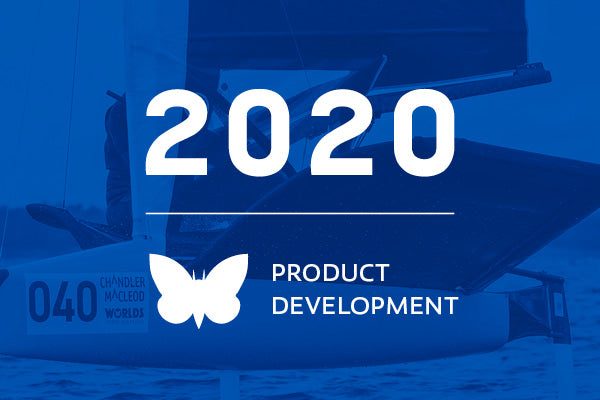
NORTH SAILS INTRODUCES THE INTERNATIONAL MOTH CLASS 9DSX DECKSWEEPER
INTRODUCING THE INTERNATIONAL MOTH CLASS 9DSX DECKSWEEPER MAINSAIL
An Efficient, Aerodynamic Design With A World Champion Pedigree
North Sails proudly launches the 9DSX Moth mainsail range for the 2020 season. Incorporating on-the-water feedback from the 2019 Moth World Championship, the 9DSX is North’s fastest Moth sail to date, as proven by Tom Slingsby, who used the latest North design at the Worlds.
“The 9DSX is having the most significant impact on the Moth class right now, explains North Moth Class Leader Rob Greenhalgh. “North Sails has been at the forefront of Decksweeper development over the last year, and are committed to being a step ahead and continuing to deliver the fastest Moth sails.”
Made of 3Di RAW, the 9DSX is incredibly strong for its weight, delivering an extremely stable sail capable of handling high loads. Engineered for its application, this 3Di mainsail is durable yet remarkably fast across the wind range. Sail designer Ruairidh Scott was diligent in optimizing the deck sweeping capabilities and sail area under the Moth class rules. The increased decksweeper section maximizes the endplate effect and increases overall sail efficiency by reducing aero-drag.
“We took the successful Vi-8DSX design and evolved the sail for 2020 based on the feedback from the 2019 Worlds,” comments North sail designer Ruairidh Scott. “If you’re looking to build a better product, a World Championship win is an excellent place to start.
Also available with a reduced overall area, the 9DSXR option is ideal all-purpose sail for lighter weight sailors, or suitable for heavier sailors in big air.
SHOP MOTH SAILS
READ MORE
READ MORE

WHO WE ARE: KEVIN WIERSMA
WHO WE ARE: KEVIN WIERSMA
Get To Know Your Local Loft Expert
Kevin has joined our Toronto team for the Spring/Summer of 2020. He has immense experience with Laser sailing and keelboat sailing. He grew up sailing on Lake Ontario with his family and continued to sail Farr 30's while out East for university. His role at within our Toronto loft will focus on client relations, assisting with both the service and sales side.
Tell us about yourself.
I am 24 years old originally from Burlington, Ontario but have lived in Halifax Nova Scotia for 7 years. I have a bachelor of Business management and a minor in Economics from Dalhousie University and am going back to school to pursue a post grad advanced program in Business insights and analytics.
How long have you been sailing and/or involved in the marine world?
I have been sailing my whole life starting out on my parents boat out of Royal Hamilton Yacht club. My racing career began when I was 12 years old and progressed over the years to racing internationally representing team Canada, team Ontario and team Nova Scotia in the laser class and C420. Strong Dinghy racing experience was developed alongside many different keelboat disciplines racing on the Great Lakes and Atlantic Canada
What are you most looking forward to about working at North Sails?
I am looking forward to racing and sailing with North Sails clients passing on as much knowledge as I can and to share the passion we all have for sailing.
What’s your favourite part about Summer?
My favourite part about summer is definitely being on the water. As Canadians we have very limited time to enjoy the warm outdoors and being on the water is my favourite place to be.
What’s your earliest memory of being on the water?
Earliest memory of being on the water is definitely my dad taking me after work out to weekday race nights and staying below deck during maneuvers because I was very young at the time.
READ MORE
READ MORE

VICTORY AT THE 420 NEW ZEALAND NATIONALS
Victory at the 420 New Zealand Nationals
North Powers Winning Girls and Boys Teams
New Zealand 420 National Champions, Mason Mulcahy and Andre Van Dam powering through the finish line 📸 Phil Williams
After dropping just one bullet in 11 competitive races, nothing stood between Mason Mulcahy and Andre Van Dam’s top spot at the 420 New Zealand Nationals. Held on Evans Bay in Wellington Harbour, four days of racing not only resulted in a win from Mulcahy and Van Dam. Amelia Angus and Rebecca Hume took second place overall and was the top finishing female team.
We were keen to speak to the overall winners to find out more on their winning secrets.
Mulcahy and Van Dam have worked hard to improve their performance from their second place finish at the 420 Nationals in Takapuna last year. Having sailed together for just 16 months, the team now has their sights set on the 420 Worlds in France in July to get further up the leaderboard from their impressive eighth place last year.
“You need to have a game plan, start according to your first beat strategy and always start in the front row.'’
Mulcahy and Van Dam agree that Evans Bay was a fantastic sailing area for the Nationals, with lots of opportunities and challenges, crediting the sailing club for such a well-organized event. “It is a tricky sailing venue as it can be quite shifty with some geographic influences depending on wind direction. It was a very well run event given the conditions; we couldn’t have asked for any more from The Evans Bay YMBC facilities.’’
Key to winning 10 in 11 races is knowing how to stay competitive on a busy start line, so we asked Mulcahy and Van Dam their top three tips. Mulcahy explained, “You need to have a game plan, start according to your first beat strategy, and always start in the front row.’’
Sailing with a full North inventory, the team used the M-11 Mainsail, J-12 Jib, and SO-5 Spinnaker. “We have used this combination for the past year and we like it. We also use the North Tuning Guide with a few personal tweaks based on our style.’’
With North clients powering the top nine spots overall, why is North so dominant in this fleet? Who better to ask than North Sails New Zealand One Design expert, Derek Scott: “Everyone in New Zealand and around the world that use the North 420 sails trust and know that the sails are perfect every time they refresh their sail inventory. There is consistency with the designs which means the boat settings for an old J-12 Jib will remain the same when replaced by a new J-12 Jib. Our sail designs also cover all sailors, ranging from those starting in the class to those fighting it out for the top spots.’’
“Everyone in New Zealand and around the world that use the North 420 sails trust and know that the sails are perfect every time they refresh their sail inventory.''
Congratulations to Mulcahy, Van Dam, Angus and Hulme!
Browse the 420 Shop Inventory and view the full list of results.
New Zealand 420 Girls National Champions, Amelia Angus and Rebecca Hume 📸 Phil Williams
READ MORE
READ MORE

INFORMATIONS – COVID-19
Chers navigateurs, chers clients, chers partenaires,
Depuis plusieurs jours nous nous préparions à faire face aux événements liés à la crise du COVID-19 et sa propagation en Suisse et partout dans le monde. La dernière annonce du conseil fédéral de décréter l'état de nécessité, a pour corollaire la fermeture immédiate de la voilerie au public et ceci jusqu'à nouvel ordre.
Sécurité avant tout !
Nos collaborateurs sont notre bien le plus précieux. Nous mettons tout en œuvre pour les protéger tout en continuant à vous fournir un service irréprochable. Une majorité d’entre nous travaillent maintenant en mode « Home Office » et sont donc capables de poursuivre leurs activités. Nous vous encourageons à nous adresser toutes vos demandes par email, ce qui nous permettra de continuer à vous servir et de garder le lien.
En ce qui concerne nos activités de logistique et de service, celles-ci sont maintenues avec des mesures d'hygiène strictes respectées par tous depuis plusieurs jours. Nous ne prenons plus aucun rendez-vous physique avec nos clients, mais vous proposons des alternatives afin de répondre au plus près à vos attentes. Nous continuons à recevoir voiles et accessoires de la part de nos fournisseurs.
Retrait de vos voiles et accessoires à la voilerie
Nous avons beaucoup de voiles qui sont prêtes, nos collaborateurs sont à votre disposition par téléphone, what’s app, email, afin de gérer avec vous leurs mises à disposition ou, dans la mesure du possible, leurs livraisons à bord.
Continuez à travailler !
Notre équipe est dans la même situation que la plupart d'entre vous, confinés chez soi, apprenant une nouvelle manière de travailler... C'est le moment de les « challenger », de partager vos projets et de développer de nouvelles idées ensemble ! Envoyez-nous vos « challenge » par email et nous vous répondrons très rapidement. En outre, tout notre site internet est fonctionnel. Vous pouvez donc découvrir toutes nos gammes de voiles et services.
Tout seul on va plus vite, ensemble on va plus loin !
C’est le moment d’agir tous ensemble pour combattre cette pandémie. Nous croyons en l'humain et sa résilience.
Dans cette période éprouvante, faites attention à vous, à votre famille, à vos proches, et portez-vous bien.
Votre team North Sails Suisse
READ MORE
READ MORE

CRUISING SAIL PERFORMANCE
At North Sails, we are passionate about performance. For cruising sailors, this means a lot more than just speed.
READ MORE
READ MORE

CRUISING SAIL DURABILITY
Cruising sailors demand durability. Yet, durability is not an easily quantified element of sail performance. Predicting durability is a tough challenge, because sails are subjected to so many different forms of use and conditions.
READ MORE
READ MORE

UNLIMITED NEW ENGLAND RESOURCE
UNLIMITED NEW ENGLAND RESOURCE
Providing Our Expertise Since 1993
© Billy Black
Since 1993, North Sails has had a core team of sailmakers and consultants who have helped New England sailors win numerous awards and regattas. Opened in February 1993, by Brad White and Jack Slattery, North Sails Salem was to service and provide sail expertise to the Mass Bay and extended area. The team of Jack and Brad, both graduates of Boston University, a powerhouse sailing team since the late 70's provided expert sail repair and new sail advice. Between them they boast All American status, a multitude of national, North American and World championships. Their diversified sailing experiences include One Design, Off shore and of course handicap race experience. Aside from working with local handicap racing fleets, Jack and Brad work on projects with Spirit of Tradition builds, and Mulithulls. Brad enjoys time cruising and racing his rebuilt Pearson 33-2 in local thirsty Thursday series.
This past year, two new young additions were brought into the Salem loft. Alex Cook joined the Team from a competitor where he had worked in production and as manager of the service department. Alex is a graduate of Boston College where he was a NEISA 2nd Team nominee. He has won first place in his class in the Ted Hood Regatta, and races actively in Handicap and national team races, as a representative of the Eastern Yacht club.
Stan Schreyer is another Boston University graduate, where he was also an All American, received the Intercollegiate Sportsman of the year award, and subsequently named coach of the year. Stan also lays claim as a champion of the Extreme Sailing Series. Currently he races actively on a foiling TF10 Trimaran, and works with a number of mulithull customers. He is also involved with the Atlantic Cup regatta which hosts One Design 40 class short handed racing along the Eastern seaboard. Stan is one of the leading coaches in the country for any type of racing..
Recently Jim Harrington was added to the staff as the expert for sail repair. Jim came to the Salem loft from the Rhode Island service and repair facility where he was instrumental in rebuilding sails for 12 meters, Farr 40's and even J boats such as Shamrock and Endeavour. His knowledge of new materials and best repair practices is unequaled. Working beside him is John Emmet who spent several years as mate on commercial vessels and more recently spent time as first mate on schooners, such as the Adventure out of Gloucester and The Harvey Gamage out of Maine. While Jim spends his off-time with his wife and two young boys, John finds time to race with Brad on the Pearson.
In the next town over, Marblehead, is the lead design office for North Sails. Headed by JB Braun who's experience includes actively racing a Flying Dutchman in an Olympic bid, as well as being the lead designer in multiple America's Cup syndicates, the office is home to 4 full time designers. JB's intimate knowledge of air flow and design has led to numerous industry changing developments. His curiosity and tenacity led him to re-discover the benefits of Gaff battens and square top mainsails. Now a staple in many boat designs. In addition, he spearheaded the revolutionary development of North 3Di molded sail and thin ply technology.
Other designers include Andrew Schneider, an All American crew from Boston College. He came from competitor where he was production manager, and ran the loft. At that loft he was lead on building sails for the largest sloop in the world.
Another addition to the North Sails team in New England is Alan McKinnon. Alan is an avid PHRF sailor and has competed in numerous offshore races including the Bermuda Rce and Halifax. He is currently race committee chair for the Eastern Yacht club and has been a long time member of the New York Yacht club.
In addition we have Brodt Taylor who has been training under JB and is quickly becoming one of the best designers in the North Sails Group. Brought up sailing 420s and other dinghies, Brodt studied mechanical engineering at the University of Vermont. His focus at North Sails is the further development of the 3Di tape structure for molded sails. Brodt enjoys sailing with customers in the Marblehead area.
Our most recent hire is Glenn Cook, formerly the head designer with a competitor, his background includes Super Yacht sail design as well as sail development for Maxi 72's , TP 52s, and 12 meters. Glenn is a go to guy for new ideas and sail information. He and JB have been instrumental in the development of Helix luff structure for Code sails.
READ MORE
READ MORE

EVENT SPOTLIGHT: CBYRA AWARDS
EVENT SPOTLIGHT: CBYRA AWARDS
Success For Local Customers
The Chesapeake Bay Yacht Racing Association has been around since 1914 in an effort to provide race organization and opportunities for racing all over the Chesapeake bay. Each year they provide overall awards for each class across four regions of the bay. This month we wanted to highlight our client achievements from 2019 in these official rankings. By working with North Sails we were able to provide the best sail solutions for clients to help them be ready for racing at their full potential, which also sets them up for success in the years to come. Our clients used many different products, which included NPC Crosscut in One design fleets, 3Di NORDAC in the cruiser/racer class, and 3Di ENDURANCE in the PHRF classes. No matter what boat, style of racing, or race courses, our clients were competing at their best potential, and we were able to find the perfect sail to fit each need. Congratulations to all on a successful year here in Maryland, and we look forward to your success in the coming season! If you have any questions about rig tuning, crew maneuvers, or finding the right sail to fit your needs, please don't hesitate to contact your local team of experts.
READ MORE
READ MORE

QUALITY AND INNOVATION
QUALITY AND INNOVATION
Customer Appreciation For North Sails Charleston
To me, buying sails - and especially buying sails for an early hull number boat where there is bound to be lots of experimentation and trial and error - is as much about the people as it is about the brand. With North Sails I knew I would be getting the quality and innovation of the brand. After spending some time on the water with the people from the Charleston loft, it was clear they were committed to figuring out how to optimize my boat (rather than just selling me a sail). That's who I want to buy my sails from.
With North Sails I knew I would be getting the quality and innovation of the brand.
-Toby H. S&S 30
READ MORE
READ MORE

J/70 WORLD CHAMPIONS CLAIM VICTORY AT BACARDI INVITATIONAL
J/70 WORLD CHAMPIONS CLAIM VICTORY AT BACARDI INVITATIONAL
Versatility of North Products in a Wide Range of Conditions
Paul Ward, Ruairidh Scott, Ben Saxton, and Mario Trindade teamed up to win the 40-boat J/70 fleet at the 2020 Bacardi Cup Invitational, posting only one score deeper than seventh in the eight race series. “We used the F-1 main, J-6 jib, and the AP-1 spinnaker,” North Sails expert Ruairidh Scott explains, adding that they used the same sails for the windy Midwinters two weeks earlier. “We had anything from 6 knots and flat water to 25 knots and chop, so being able to mode the boat and sails for the conditions was very important.”
Ruairidh says they spent the Midwinters shaking off the rust because the team hadn’t sailed at all since winning the Worlds last September. After some well-focused pre-event training to dial in upwind speed and consistent starting, “we were more comfortable at the Bacardi,” he says.
The team plans to sail Charleston Race Week before focusing on the Europeans in Denmark. After that it’s out to the US West Coast to prepare for the 2020 J/70 Worlds hosted by California Yacht Club at the end of July.
Congratulations to team Eat, Sleep, J, Repeat!
North is a proud sponsor of the Bacardi Cup Invitational. 📸 Martina Orsini
Will Graves, winner on the Viper 640 fleet. All top 10 Vipers used North Sails. 📸 Martina Orsini
North Sails expert Eric Doyle and Payson Infelise sailing fast in Miami. 📸 Martina Orsini
In the Melges 24 fleet, boats powered by North finished 2, 3, 4, 5*, 6, 7, 8, 9, 10. 📸 Martina Orsini
In the VX ONE fleet our clients finished 1*,3,4,5 📸 Martina Orsini
READ MORE
READ MORE

ADVANCING THE SPORT OF SAILING
ADVANCING THE SPORT OF SAILING
Customer Appreciation for North Sails Charleston
Photo Credit: Priscilla Parker
I’ve been working with the team at North Sails Charleston for over five years. Besides providing latest technology, super fast racing sails for my 1D35, they rate “5 Stars” for service, support and knowledge. John and Ervin have sailed with me many times to help fine tune the rig, set up new sails, and advise on sail trim and boat handling. They are willing to work with us on new concepts, for instance a custom staysail. The net result of our partnership has been outstanding, winning the Offshore Challenge Series five years in a row.
The North Team is an integral part of our campaign.
Additionally, the North Team has been super supportive of the local sailing community, sponsoring the CORA Summer Series for many years, along with many educational events. Their support is greatly appreciated and has helped advance the sport of sailboat racing in Charleston.
Andy Guhl, 1D35, Fogdog
Photo Credit: Priscilla Parker
READ MORE
READ MORE

STAYING IN RACING SHAPE
STAYING IN RACING SHAPE
Customer Appreciation for North Sails Charleston
Photo Credit: Nancy Bloom
The team at North Sails Charleston have helped us to maintain our sail inventory in racing shape. Rich Bowen developed a crossover spinnaker for point to point racing that filled the gap between a code zero and the one design VMG spinnaker and has really helped us with upwind rig tune and sail shape set up.
John Bowden really helped us time the replacement/upgrade of our sails in an organized and cost-effective way. Ervin Grove custom designed a keel up and keel down boom cover which saves us time every time we use the boat.
-John Lucas, Melges 32
READ MORE
READ MORE

A DIFFERENCE TO OUR PERFORMANCE
A DIFFERENCE TO OUR PERFORMANCE
Customer Appreciation For North Sails Charleston
Photo Credit: Priscilla Parker
As you know, we bought our J/105 in the fall of 2015. It came with those off-brand sails and one North Sails kite that had won at the Marblehead NOOD's. The off-brand sails looked ok, but after seeing our inventory in action, we were most impressed with our North Sails kite.
After North made the decision to purchase Southwind sails, expand their presence in Charleston, and brought together y'alls current team, we became solid North Sails customers. Since then, we have bought jibs in 2017 & 2018, another kite in 2018, and just purchased the new main in 2019. I think the quality and durability of the North Sails are superb, and it has made a huge difference in our performance, evidenced by our class win in 2017 in CRW, and winning at least one of the two summer series in CORA, four years in a row. This past summer series two was probably out best with winning four out of the six races.
I think the quality and durability of the North Sails are superb, and it has made a huge difference in our performance, evidenced by our class win in 2017 in CRW.
As we all know, there are many parts of a winning team beginning with a good crew, well maintained boat, and quality sails. The North team has been a huge part of our success with their support of the sails they sell. Not only do you get onboard and make sure the sails fit and are trimmed correctly but also go the extra mile to help with tuning and rigging. Any time we have needed any assistance with anything at all, you and the rest of the North team have been willing to help. It is greatly appreciated and we are solid North Sails Charleston customers.
Thanks Ervin and John!
-Fred Martschink, J/105, RumFront
Photo Credit: Priscilla Parker
Photo Credit: Priscilla Parker
READ MORE
READ MORE

BEYOND THE PRODUCT
BEYOND THE PRODUCT
Customer Appreciation For North Sails Charleston
Photo Credit: Priscilla Parker
I was in the market for new sails for my Tartan 345, wanting a better sail than the standard Dacron. I decided on purchasing a new set of 3Di Nordac sails plus a Gennaker from North Sails Charleston.
All the guys at North Sails Charleston have been a tremendous help and have great knowledge and experience. It is great to form a relationship locally with local guys selling a fantastic product.
The 3Di sails are just fantastic, holding their shape in all conditions.
-Scott Strother, Tartan 345, Sweet T
Photo Credit: Priscilla Parker
READ MORE
READ MORE

BAY OF ISLANDS SAILING WEEK 2020
BAY OF ISLANDS SAILING WEEK 2020
It's not just about the racing
📸 Lissa Photography
Bay of Islands Sailing Week may be the biggest regatta of its kind in country, but anyone who’s competed there know it’s not just about the racing. This year the regatta attracted the largest fleet in its 18-year history, but while there was plenty of action on the water, for many sailors just sailing the beautiful waters of the Bay is reward in itself.
Just 37 boats competed in the first event, back in 2003, but numbers have swelled as the word spread about the regatta’s combination of close competition, champagne sailing conditions and social events. In 2020 there were more than 140 entries, ranging from sports boats (which also recorded a record fleet, of 14 boats) up to the big guns in the A division.
Many boats competing in the regatta sported North Sails, including Elliott1350 Fiction, which had a new 3Di main and jib, and TP52 Mayhem, which won A division on line. In the B division, Ker 40 Icebreaker, sporting a new 3Di code zero with a Helix load-sharing luff, won on line and the South Pacific PHRF championships, while Shaw 7 Angry Dragon finished tied for line honours in the sports boat division with Bieker 650 Ghost Rider.
The North Sails team were among those enjoying the perfect sea-breeze conditions, including sales and marketing manager Andrew Wills, whose "Bay week" story perhaps sums up the spirit of the regatta. Wills sailed aboard Swan 54 Coco with North Sails customers Alex and Jacqui Morcom, who had recently sailed the new boat from Finland to New Zealand.
"They had bought the boat in Europe and got a crew to sail it to the Caribbean, where we got them set up with some new sails," Wills says. "Then they sailed it the rest of the way here themselves, through the Panama Canal into the Pacific, and arrived here in November."
"They weren’t sure what to do next, so we suggested Bay of Islands Sailing Week, even though they had never done any racing — we reasoned that if they’d got the boat this far, they should be able to get it around a race course. And they did a great job."
Coco finished third on line and sixth out of 20 boats on PHRF in the Island Racing B division, but for Wills the highlight was being able to share the regatta with his two sons, aged 6 and 8, who sailed with him on Coco.
North Sails has been a sponsor of Bay of Islands Sailing Week since 2004, and general manager Richard Bicknell says the company is proud to continue to support the iconic event.
"We’re also happy to provide on-site help for any of the boats during the event, out of our loft at Opua, led by Roger Hall," says Bicknell. "It’s amazing for us to see how the regatta has been growing every year - the organising team have done a great job over the years, and this year was no exception."
READ MORE
READ MORE

A NEW BEGINNING WITH NORTH SAILS
A NEW BEGINNING WITH NORTH SAILS
Refitting A Classic With New Technology
Matthew Bitterman shares his journey to refitting his Hans Christian 38 MKII.
We made it to Boston, sailing through Mexico then eventually deciding to ship the boat overland the rest of the way to get back to work. We've been testing your sail here in the freezing weather on occasion, so far so good. We seem to be one of the few nuts that still take their boat out in the winter. I have been enjoying learning more about the physics of sail trim and it is great to have the tools to see the difference now.
Working with Pete McCormick and North Sails Sausalito was the highlight of our multi-year refit of our 80's era heavy-displacement Hans Christian cruising boat. This process gave a new meaning to the saying that 'nothing breathes life into an old boat than new sails'. The boat now sails 10° closer to the wind, heels significantly less, and we are able to sail in less than 10 knots of wind efficiently - all of which translated into an entirely different approach charting passages with more sailing, less motoring, and greater safety.
Pete and the designers at North Sails worked tirelessly to maximize the flexibility of our more traditional cutter rigged sailplan (off a bowsprit), increasing all of the sail-area sizes by firstly nailing the max available dimensions of the track lengths and triangles where previous sailmakers had not, and employing tricks such as vertical battens in the staysail to maintain stiffness and shape, while reducing flogging and wear in the leech. The balance between the headsails and main through every reef point is masterful, not only for helm balance but also the little aesthetic notes such as seeing the head of the main under two reefs align perfectly with the head of the staysail; the eloquent marriage of form and function.
Pete and the designers at North Sails worked tirelessly to maximize the flexibility of our more traditional cutter rigged sailplan.
Another testament to the professionalism Pete and his team took throughout, was seen not only in nailing the delivery date to the minute, but when we destroyed the tack of our A-sail offshore I had two emails from their team delivered in the middle of the night with a plan of action to repair the sail at one of their global branches. I cannot recommend working with North Sails more highly.
READ MORE
READ MORE

GROWING UP ON THE WATER
GROWING UP ON THE WATER
Lorraine Bader Shares Her Story
From sailing up North to locally on Lake Ontario, Lorraine Bader has a true passion for the sport. She shares her sailing story and advice for those just getting into it.
How did you get involved in sailing?
I had the very good fortune to grow up spending entire summers at a family cottage in the Kawarthas. I spent many happy days swimming and boating with my siblings; my father taught me how to drive a small outboard and go off on my own when I was about 9 years old. At about that same age, we had a very small wooden sailboat (we’re talking 8 feet long here) in which I learned the very basics of sailing. That was short lived when the mast toppled off the boat and was lost in a very deep part of the lake.
About 10 years ago, when I became an “empty nester”, I visited the Toronto Boat Show and came upon Humber College’s Sailing Club booth. The College offered sailing lessons, and an opportunity to use their fleet to learn how to sail. I joined the Club and very quickly got hooked on learning the sport, plus I discovered that it was a great opportunity to make lots of sailing friends---many of whom I count as close friends today.
Tell us about your first impression of the sailing world.
First impressions: thrilling, scary, wet, fast-paced. It became obvious very early on that one had to be ready to “bite the bullet” and get involved in learning or you would forever be just a passenger. Because I learned in a “shared boat” environment, it was a great opportunity to learn all positions on a sailboat.
What have been your biggest obstacles to overcome?
To believe in myself and not get frustrated in listening to competing opinions on how to maneuver on the water. I have discovered over the years that there are many ways to arrive at the same destination!!
What are your favourite things about sailing? What keeps you coming back for more?
I love to be on the water. Since I learned how to sail, and then got involved in racing, I have had such great experiences with a lot of other sailors. Although my boat competes in white sail categories, I have learned so much about handling the boat and sail trim by racing in the LOSHRS lake races, Club racing, GHYRA week, and the Susan Hood. Actually won a few trophies as well! And then there’s cruising; what a perfect way to spend a weekend or vacation.
Where would you like to see the sailing world in 3-5 years when it comes to women's involvement in the sport?
There are a tremendous number of very accomplished female sailors out there. I find that they can be very encouraging to other women sailors as well. It would be great to see more women participants in the sport.
What is your advice for women looking to get involved in the sailing?
Get on the helm. Be in charge of the boat for a day. Learn how to dock. Once you’ve become more comfortable doing those things, the rest comes easy. And there’s nothing wrong with using as many fenders as you have on board to make it a safe landing!
Learn about more women on the water in our local community.
READ MORE
READ MORE
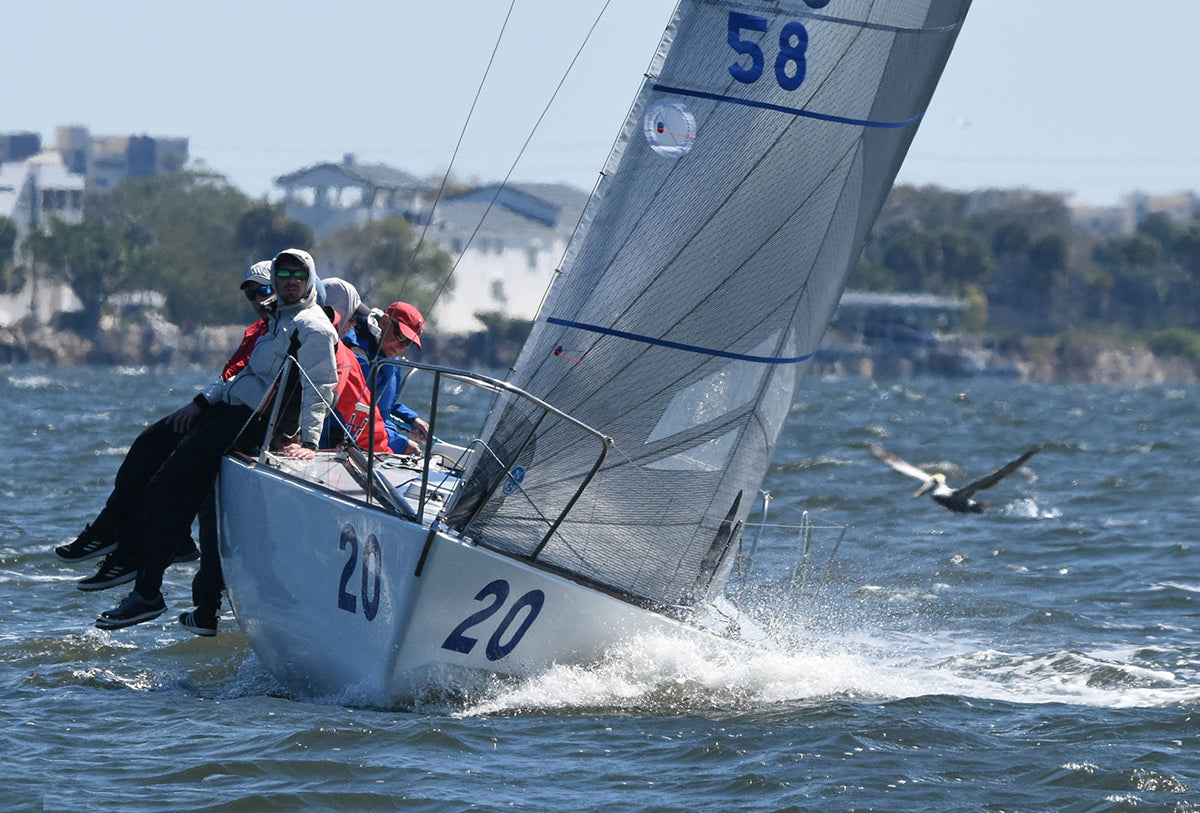
2020 J/24 MIDWINTERS: A WELL DESERVED WIN
J/24 MIDWINTERS: A WELL DESERVED WIN
Congratulations Tony Parker & Team Bangor Packet
2020 J/24 Midwinter Champions 📸 Chris Howell
After 41 years in the class, Tony Parker on Bangor Packet finally won the J/24 Midwinters in Melbourne, FL—by one point. After eight races, only two points separated the top four teams, indicating unusually close racing among the top group including John Mollicone, Mike Ingham and 2019 World Champion Keith Whittemore.
We caught up with Tony after the regatta to get his insights.
You’ve been sailing J/24s for a few years. How have the class and boat evolved?
To say “a few years…” is an understatement. My first major regatta was the 1979 Worlds. We sailed with 4 people, weighing in at most 600 pounds, with a reefable mainsail. The self-proclaimed “family cruiser” had the required cushions below. If only I had known then 25% of what I know now!
What was your team’s strategy to pull off this win?
We just tried to get off the line clean, look around about halfway up the first leg to see how we stood, and then started to play against the others up there. Our tactician, Zeke Horowitz, called a great regatta. He was very patient, probably more than I would have been. Because of that we never got too out of phase and when we lost distance, we would gain it back in the next shift.
The top people were all very close. The fourth place boat averaged a 3rd for the regatta out of 33 boats. I haven’t seen such a tight top group in years – and all the top five boats at the Worlds were there, so the competition was really tight.
The fun part was that this was the first major J/24 regatta I have ever won. I bet I have over a dozen 2nd places. I never thought it would take me until I was 74 to get there!
Team Bangor Packet 📸 Chris Howell
Tell us about everyone’s role on your boat.
Each person has an assigned role. We are quite good about keeping the talking down and we are quite gentle when one of us screws up. I screw up more than anyone else but most of the time they don’t yell at me. Our second person back, Emmet Todd, was really helpful because he was very active calling puffs. So many who do that job just never stop talking and finally I start ignoring them. He was particularly adept at not “overtalking”. It really helped me anticipate puffs and lulls. We have a terrific team.
Zeke Horowitz, our tactician, is as good as anyone in the world. He is patient, clear and never panics when it gets tight. We are very clear who has the “con”. Sometimes it is our spinnaker trimmer; sometimes it is me; most of the time it is Zeke. The transitions are very seamless.
James Niblock, our jib and spinnaker trimmer, has been sailing with me for over a decade. He is as good as they get. We know each other so well that we almost don’t have to say anything to each other. He always anticipates what is needed in terms of trim, besides being a wonderful shipmate.
Will Bomar, our bowman, does everything. He makes sure the boat is in perfect condition. I am a man of leisure before and after the race because I know he and James have the boat perfectly set up.
We were lucky to have Emmett Todd, who usually sails with Finn Hadlock, act as our twing man, replacing my “go to” forever shipmate Ross Dierdorff. We all miss Ross, but Emett did a first class job and I will always be on the lookout for him if Finn can’t make a regatta. They are really good.
📸 Chris Howell
You sailed some races in the Genoa and some races in the Blade jib. How did you decide on which sail you used?
That ultimately was very simple: we looked at our competitors. If all of my major competitors were sailing with a particular sail, we just followed suit. The price for being wrong is too high!
A few of your team members had flown straight from sailing J/24s in Argentina. Can you tell us about the 2021 Worlds venue?
It was very different. They sailed with 4 people at that regatta and the venue is too narrow to be able to sail to a layline, so there was much more tacking. The breeze is quite consistent but the shifts are not. The hosts were very welcoming and will put on a fun Worlds next year.
Job well done! 📸 Chris Howell
READ MORE
READ MORE

NORTH SAILS OPTIMIZA SU GAMA 3Di
NORTH SAILS OPTIMIZA SU GAMA 3Di
El equipo de diseñadores North Sails ha revisado cada producto del dosier de velas 3Di y aplicado lo aprendido en circuitos de competición como las 52 Super Series
📸 Raphael Demaret
Como resultado, la gama North Sails 2020 ofrece una nueva generación de velas 3Di, más ligeras y con mejor conservación de la forma que nunca, pero con la durabilidad de siempre.
Desde su incorporación al mercado en 2010, la gama North Sails 3Di no ha dejado de evolucionar para ir incorporándose a segmentos cada vez más amplios del mercado, y hoy abarca desde la vela oceánica de competición a la vela de crucero.
De cara a 2020, los ingenieros de estructuras de North Sails recibieron el desafío de analizar cada pliegue, cada material y cada diseño de cada producto de su gama de velas para explorar su margen de mejora. Para ello se unieron recursos de ingeniería, diseño y materiales, replanteándose cada solución aplicada y probando nuevas ideas. "En North Sails estamos constantemente realizando cambios, ajustes y actualizaciones para mejorar nuestros productos, lo que suele suponer añadir algo, pero para 2020 decidimos afrontar un completo proceso de reingeniería con el objetivo de reducir el peso de todas nuestras velas, en todos los segmentos y en todos los materiales", explica Ken Read, director general de North Sails. En lugar de añadir, ahora tocaba reducir.
Para afrontar el reto, los ingenieros recurrieron a los datos recopilados en el campo de regatas de circuitos profesionales como las 52 Super Series. La implicación de diseñadores North Sails con los equipos y su participación a bordo de los barcos de regatas permite a la firma disponer de una valiosa información sobre el comportamiento de los materiales, un complemento perfecto para el North Design Suite, la herramienta exclusiva de North Sails que permite simular todo tipo de situaciones sin salir de la sala de diseño.
Como resultado, la gama 2020 ofrece velas más ligeras y con mejor conservación de la forma sin perder la imbatible durabilidad asociada al término 3Di. El argumento comercial explica los cambios de manera sencilla: Las velas North Sails 3Di no son ni pesos ligeros ni pesos pesados, tienen el peso correcto, son rightweight. Conseguir esa optimización del peso fue un proyecto en 2019 y hoy forma parte del proceso de diseño de todas las velas North Sails.
En particular, las 3Di DOWNWIND ejercieron como incubadora de ideas para optimizar estructuras y diseños. Por su parte, las 3Di NORDAC ejercieron de plataforma para evolucionar el excelente ratio de mantenimiento de la forma en velas de poliéster relativamente pesadas (un campo que no había avanzado demasiado desde la creación del RADIAN en 2008) y conseguir una vela de crucero de excelentes prestaciones. North Sails ha demostrado que los filamentos de poliéster pueden ser un excelente componente cuando se combinan con materiales de alto módulo. Esta reinterpretación de una fibra ya conocida consigue que la última generación de velas 3Di para barcos de pequeña eslora sea claramente superior.
Puntos de mejora
La aplicación de esta nueva filosofía rightweight afecta de manera diferente a cada miembro de la familia North Sails 3Di. En términos generales, se ha reducido el peso de las velas al eliminar capas de cinta redundantes, diseñar puños más pequeños, optimizar la densidad del material y redistribuir su posición.
Las 3Di DOWNWIND (en sus versiones 800, 700, 600 y 300) han sido aligeradas en nada menos que un 24% respecto a la gama 2019 y hasta un 40% si lo comparamos con la primera generación de 2018. También resulta significativa la reducción de cantidad de fibra necesaria para la fabricación de las velas en las gamas 3Di ENDURANCE, 3Di OCEAN y 3Di NORDAC, que en función del modelo oscila entre un dos y un seis por ciento. Esta optimización del peso de las velas no afecta a los extraordinarios ratios de estabilidad, rendimiento y durabilidad exclusivos de la gama North Sails 3Di.
READ MORE
READ MORE

Consejo North Sails
CONSEJO NORTH SAILS
Hoy hablamos de las diferencias entre velas de crucero y de competición por eslora.
Comencemos definiendo los barcos por tres rangos de eslora: pequeño (por debajo de 35 pies), medio (35 a 45 pies) y grande (más de 45 pies).
En barcos por debajo de 35 pies, las velas suelen estar fabricadas de laminados ligeros, incorporan Mylar o similar y fibras de Spectra o aramida (en ocasiones también 3Di). En ciertas clases encontramos Pentex (un tipo de poliéster) y en otras, Dacron.
Las velas de crucero para barcos pequeños y medios son habitualmente de Dacron, en configuración cross-cut o radial. Las velas de Dacron orientadas a la urdimbre, como los tejidos RADIAN de North Sails, son ligeramente más caras pero ofrecen prestaciones considerablemente mejores que los paneles de corte horizontal.
Pero en el entorno de los 40 pies (y definitivamente en los 50) el Dacron ya no constituye una opción racional para barcos de crucero. Debido a las cargas que soporta, el material ya no es capaz de conservar su forma durante mucho tiempo y es pesado. Para esas esloras, lo más aconsejable son las velas de laminados ligeros, las 3Di ENDURANCE y las 3Di OCEAN.
Para barcos de eslora media destinados a crucero y regata lo recomendable son laminados ligeros o 3Di ENDURANCE, que añade una capa extra de material para incrementar su durabilidad. Para barcos de competición en esloras medias y grandes, la duda está entre velas laminadas o algo más avanzado como una 3Di RAW.
READ MORE
READ MORE

CALENDARIO MARZO
CALENDARIO MARZO
El calendario de sesiones impartidas por los expertos de North Sails España continúa en marzo.
El próximo día 20, Luis y Jorge Martínez Doreste estarán en el Real Club Náutico de Sanxenxo (Pontevedra) para ofrecer una interesante Master Class sobre el proceso de diseño de una vela y su análisis posterior una vez instalada en el barco.
El día 26, Ángel Medina dirigirá un clinic sobre puesta a punto de velas y aparejo en el Real Club Mediterráneo para patrones y armadores participantes en la Málaga Sailing Cup.
Contacta con nosotros aquí para conocer el calendario completo de eventos 2020 de North Sails España.
READ MORE
READ MORE

SERVICIO EN REGATA PARA SUPERYATES
SERVICIO EN REGATA PARA SUPERYATES
Las velerías itinerantes de North Sails regresan a las principales regatas de superyates en 2020.
📸 Carlo Borlenghi
El Servicio Certificado North Sails estará disponible en diez eventos del circuito entre marzo y octubre, ofreciendo a los equipos la tranquilidad de dejar sus velas en manos de los mejores profesionales para reparación al término de la jornada de competición con la garantía de que estén listas al día siguiente.
El listado completo de eventos en los que estará disponible el servicio de velerías itinerantes North Sails puede revisarse en este enlace.
READ MORE
READ MORE

SEGUIMOS CON LAS 52 SUPER SERIES
SEGUIMOS CON LAS 52 SUPER SERIES
North Sails renueva acuerdo de colaboración con las 52 Super Series como Official Technical Partner por tercer año consecutivo.
📸 Nico Martínez / Rolex
El circuito 2020 cuenta con 12 equipos de ocho nacionalidades que competirán en seis eventos en tres países entre marzo y septiembre, incluyendo por primera vez Sudáfrica.
"El ritmo de esta clase es incesante", explica Mickey Ickert, especialista de diseño de velas de TP52 en North Sails. "Cada año exigen más y los márgenes entre los barcos son más pequeños, por lo que tenemos que buscar cualquier mínima mejora. Trabajamos muy de cerca con nuestros clientes en la flota para conseguir ese matiz para mejorar la velocidad. Cada uno de esos equipos cuenta con un diseñador North Sails específico para optimizar su inventario y recopilar información que nos ayuda a seguir mejorando".
En opinión de Agustín Zulueta, director de las 52 Super Series: "En nuestra condición de clase de altas prestaciones, buscamos ampliar los límites de lo que es posible en nuestro deporte, y en North Sails tenemos un socio cuya misión está alineada de manera natural con la nuestra".
READ MORE
READ MORE

IDEC SPORT BATE EL RÉCORD DE LA RUTA DEL TÉ
IDEC SPORT BATE EL RÉCORD DE LA RUTA DEL TÉ
El maxitrimarán IDEC Sport de Francis Joyon ha vuelto a hacer historia estableciendo un nuevo récord en la conocida como Ruta del Té, entre Hong Kong y Londres.
📸 Jean-Marie Liot
La tripulación francesa completó el recorrido de 15.873 millas náuticas en 32 días, 7 horas, 37 minutos y 33 segundos a una impresionante velocidad media de 20,7 nudos, mejorando la anterior marca en cuatro días. IDEC Sport equipó velas North Sails 3Di. Junto al patrón francés navegaron su hijo Corentin Joyon, Bertrand Delesne, Christophe Houdet y Antoine Blouet.
¡Enhorabuena, IDEC Sport, y gracias por seguir confiando en North Sails!
READ MORE
READ MORE

SUNNY MAIN: 3Di LEAD
INTERNATIONAL WOMEN’S DAY AT NORTH SAILS
Introducing Sunny Main: 3Di Lead
In celebration of International Women’s Day, we are pleased to introduce Sunny Main, who oversees the tape floor as 3Di Lead. Main retired from being a stay at home mom and joined the workforce in Minden, NV sixteen years ago, after moving to America from her native South Korea.
Main works in Building Two, where she manages the tape head machines as 3Di Lead. She is in charge of all seven tape machines, loading each with the correct sail design file and enough material before the automated process begins laying down the sail structure.” I manage the priority list for the department, and get the required materials for each project loaded on the tape head machines.”
“We usually have all the machines operating at the same time,” she explains. “I assign each of my crew a job, and make sure they have the right tapes to complete the task.” Keeping her team aligned with safety procedures is always at the top of her list. “This is a manufacturing facility, and the machinery is big. It’s important to know what you are doing to avoid accidents.”
“Everyone in Tape Heads knows that Sunny demands the best quality. She is the “mom” of the department and you don’t let your mom down! She’s never sick and always has a sunny smile on her face.”- Per Andersson, 3D General Manager
3Di tapes are stored in industrial-sized refrigerators until a project calls for loading them onto the tape heads. Once removed from the fridge, the countdown begins for Main to get the sail structure laid down and consolidated on the 3D mold before the resin begins to cure naturally.
“Building a sail structure can take as little as one shift to complete, depending on the size of the sail,” Main explains. Sometimes we can make a complete sail in a single shift, but often we require multiple shifts for larger projects.” After the tape machines create the sail structure, it’s inspected on both sides, and then rolled up onto a tube and placed in a bag for transport to the 3D mold in Building One. Once placed on the mold, the infrared lamp applies heat to the sail. The consolidated composite is then the sail is ready to sit for 7-10 days on the curing floor. After curing, sails move onto finishing, where hardware, decals, and patches are added. Each department has a deadline, all based on the final shipping date. “What we keep in mind,” says Main, “is that the pregger supplies tape heads, tape heads supply the mold, and the mold supplies the finishing floor. We all have a deadline so that the finishing floor can ship it to the customer by the date requested.”
Main enjoys her role as 3Di Lead because each project is different. “There is always something new with custom sail orders,” she says. “I take pride in my job and expect the final product to be perfect. I can be tough, but it’s my job to ensure things are done efficiently and correctly.”
The hardest part of Main’s job is training new people. “Although the job looks easy, it has its challenges,” she explains. It’s essential to be 100% accurate, and there are a lot of details involved, especially when it comes to custom orders, which is the majority of what we make here in Minden.”
“Our sail designers are talented. We make our own product. We make our own tapes. Why are our sails the fastest? Because our product is made well.”
One of the unique parts of working in a large manufacturing facility like Minden is that Main gets to meet all different kinds of people. “We host engineering students that come from France, Germany, and Sri Lanka. They not only learn what we do here, but they are learning about our culture, and we learn about them too.”
Even long-term like Main have someone they remember as guiding their career path. “Peter Jahreis , Pregger and Tape Head Line Manager, is my mentor because he’s a great listener. He won’t hesitate to work along with my team if we need an extra hand. He is also great at problem-solving.”
Making high-performance 3D sails in the middle of the desert is a highlight of her career, she says. “Leading a talented and hardworking crew and having the opportunity to recognize or get recognized every quarter for hard work is a great incentive.” Sunny also likes to be involved in company functions and events, and they have plenty of those in Minden that make their employees feel appreciated for their hard work. “It’s a great way to say thanks,” she says.
READ MORE
READ MORE
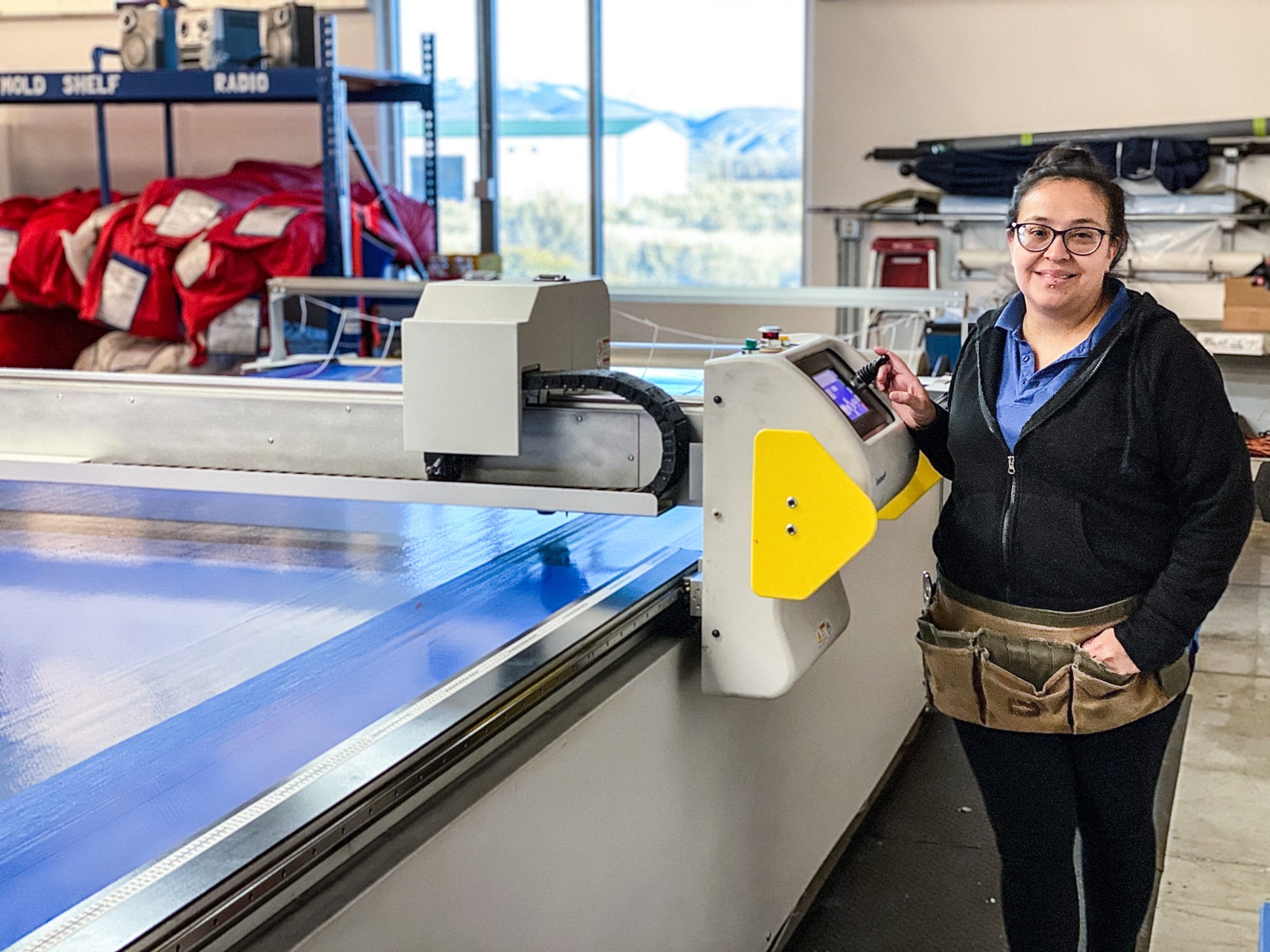
PATRICIA RIOS: VACUUM CONSOLIDATION LEAD
INTERNATIONAL WOMEN’S DAY AT NORTH SAILS
Introducing Patricia Rios: Vacuum Consolidation Lead
In celebration of International Women’s Day, we examined the inner workings of the North Sails 3Di manufacturing facility in Minden, NV. Patricia (“Patty”) Rios is the Vacuum Consolidation Lead and a leader and role model in her department, enjoying every aspect of North’s unique sailmaking process.
October marks Rios’s 12th year with North Sails. Before beginning her tenure with the company, she was a stay-at-home mom taking care of her young son. Her siblings worked at the North Sails and told her about a job opening, and she thought she would apply.
Patricia (“Patty”) joined North Sails when 3DL was at the forefront, first drawn in by curiosity about sailmaking—and building them in the desert. Now that manufacturing has progressed to 3Di; she oversees a team of five who preps and produces vacuum bags to lock in sail shape. Rios explains, “The films department produces two vacuum bags that encase the sail while it is on the mold. Like building a carbon boat, heat and vacuum pressure are used to consolidate the filaments and resin. The bags and the sail membrane sit on the mold in the flying shape intended by the sail designer.
It’s a fast operation to prepare the sails for consolidation. Even minor hiccups have a ripple effect, and any hold-up affects the most important part—shipping to the client. Rios’s worklist is based on the daily molding schedule. “There is only one shift for my department, so when I number the pieces, the team needs to follow the order. From my team, I assign each of my team members the role of creating the vacuum bag and securing it onto the mold (seen below). Before the sails are ready to be cooked, I double-check that the bags are airtight and empty of air, so the chemical reaction kick-off heat is applied.” The sails then spend at least seven days on the curing floor before they are finished and shipped off.
Patty prepping the vacuum seal for consolidation of 3Di.
Rios says that the films department would not be everyone’s number one choice and that’s because it is the fastest moving department. But she embraces each challenge and takes pride in the importance of thinking ahead and doing her job right the first time.
“My team is fast and efficient because quality is important to us. We don’t make mistakes, and that’s because we stick to a strict procedure.” Although I am the lead, my team is working towards a common goal. If they need me, they know they can ask for help. It’s 100% a team effort. This job is more than a one-person job, so we have to communicate well.”
When Patty Rios arrives to work each day, she discusses the day before with her team before moving on to the next project. She likes the flexibility of her job, and she appreciates the confidence her supervisor, Jessie Barnes, places in her. “Jessie knows that I am good at my job, and she trusts me to get it right. I like that I’m given that initiative. It helped me build confidence as a leader in my department, and that helps my team feel confident about their individual roles.”
“Patty is a long term employee. She’s a quiet hero that keeps her films team tight and efficient.”
– Per Andersson, 3D General Manager
Before coming to work at North Sails, Rios did not have any sewing or sailmaking experience. Over the years, she’s gained more understanding of the process and how she can streamline her techniques to keep the workflow efficient. Although the sailmaking process has evolved from 3DL string laminates to 3Di, she still took some of her early skills back to motherhood. “I can make my son’s Halloween costumes now, which is really cool. Although our manufacturing process has changed, my new-found sewing skills have come in handy!”
Rios enjoys learning other areas of the manufacturing process too. “My supervisor Jessie Barnes has taught me a lot, for which I will be forever grateful. She is unbelievably patient, and I’ve learned from her how to become a better leader in my department.”
READ MORE
READ MORE
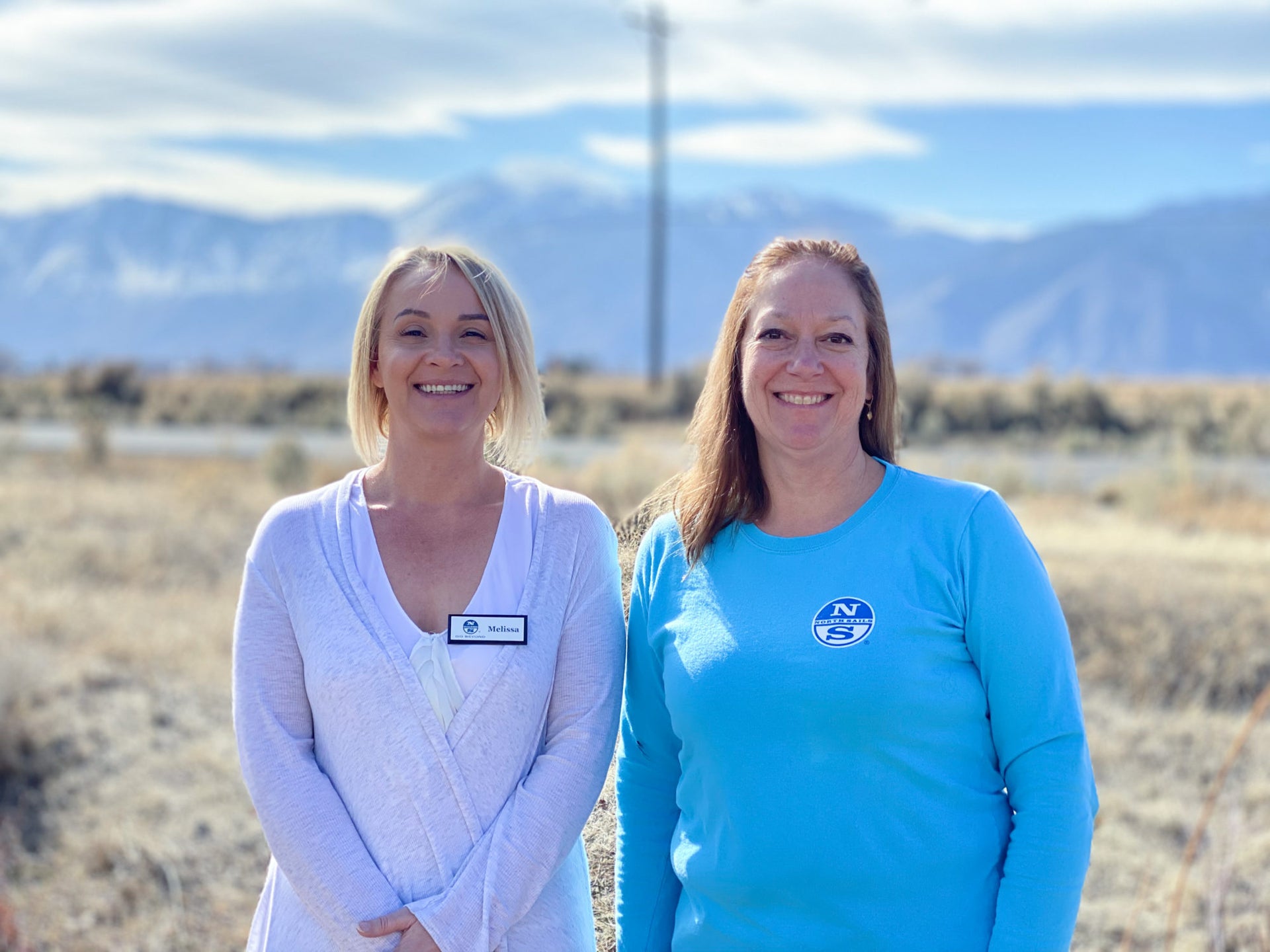
MELISSA WOODS & SHEILA VAN DEUSEN: HR ADMINISTRATION
INTERNATIONAL WOMEN’S DAY AT NORTH SAILS
Introducing Sheila Van Deusen & Melissa Woods: North Sails Human Resources Administration
In celebration of International Women’s Day, we introduce two women who make our company great. Both Melissa and Sheila focus on employee relations. Through their passion for each individual who is part of our global network, they play an intricate role in retainment and quality of life for North Sails employees. The HR department also provides essential regulatory compliance and fosters relationships with North Sails employees worldwide.
Sheila Van Deusen came to North Sails after a 28-year tenure in the casino industry. “I didn’t know much about the business or manufacturing. And working in sailmaking was something new, so I thought I’d give it a try.”
Though HR is similar across a variety of companies, Sheila loves it because there is never a set routine. “There’s always diverse responsibilities, and that is exciting. I like working with people, so this job suits me perfectly.” She also appreciates that the sailmaking industry is evolving. “The industry is continuously changing, which keeps people engaged and stimulated whether they have been here for twenty years or two months.”
Sheila believes it’s essential to work as a team, and transparent communication is vital. “One of my main goals is to support the employees and allow them to feel comfortable coming to me if they need help. Our employees need to establish long-term steady income and benefits so they can provide for their families. Both the employee and company benefit from the long term relationship. For newer employees, it’s our responsibility to get them to feel a connection to the company and our values.”
“Sheila dove into her HR position in a hurry and knew all the 110 employees by name within one week. If you ever feel stressed, step into Sheila’s office, and her calm demeanor will put you at ease within five minutes.”- Per Andersson, 3D General Manager
Sheila commented, “I’m thankful I had the opportunity to take on this role with North Sails,” Sheila adds. “My position helps create the vision and flow for the company, establishing core values, and helping employees understand just how important they are to the business as a whole.”
“My skills, experience, and background have brought a different perspective of how Human Resources can operate in Minden, NV. I feel I have the liberty to create a path into areas where I’d like to be more involved. The people that work here are amazing, and I feel fortunate to be a part of this group.
Melissa Woods is Human Resources Assistant and is approaching her five-year mark with North Sails. She enjoys working for North Sails due to the integrity and professionalism of the workplace. North Sails promotes an open and positive work environment, which in turn nurtures honest, dependable employees. Melissa handles all of the new hires, employee records, recognition, and offers her support with administrative time to time.
“Melissa makes sure Minden guests are properly greeted, have the best accommodations, and are taken care of in high order. She’s a great addition to the North Sails team because she’s always happy to help whenever needed, and she always does it with a smile!”- Per Andersson, 3D General Manager
“Working with Sheila has been great. She’s pushed me to become a better communicator and has also helped me to expand my viewpoints,” Melissa says. “She’s taught me different ways to approach our work and complements our team in many ways. I respect and admire how she can handle difficult situations with ease and composure. I look forward to learning more from her.”
Melissa signed on first as a temporary employee in September of 2015 and quickly established herself as a trustworthy and capable co-worker. She says North Sails provides a positive work culture, “and through training, we try to set up our employees for success right when they first get their foot in the door. We are always looking for ways to keep our employees and temps involved, motivated, and excited to be here.” Recognition awards, Christmas parties, and company picnics all make a significant impact, she adds.
Melissa enjoys working for the company and says, “the best thing about where I work is the people I get to work with here. We have a great team here in Minden. We spend a lot of time collaborating ideas, finding ways to make them happen. I am honored to be a part of a company that takes pride in their product and always looks for ways to stay ahead in an ever-changing industry.”
“A company like North Sails continues to evolve and innovate its product. That’s why we get the best at all levels. The amount of care that our team puts into what they produce can’t be beaten.”
READ MORE
READ MORE
